The best wireless headphones, chosen by our experts for all budgets
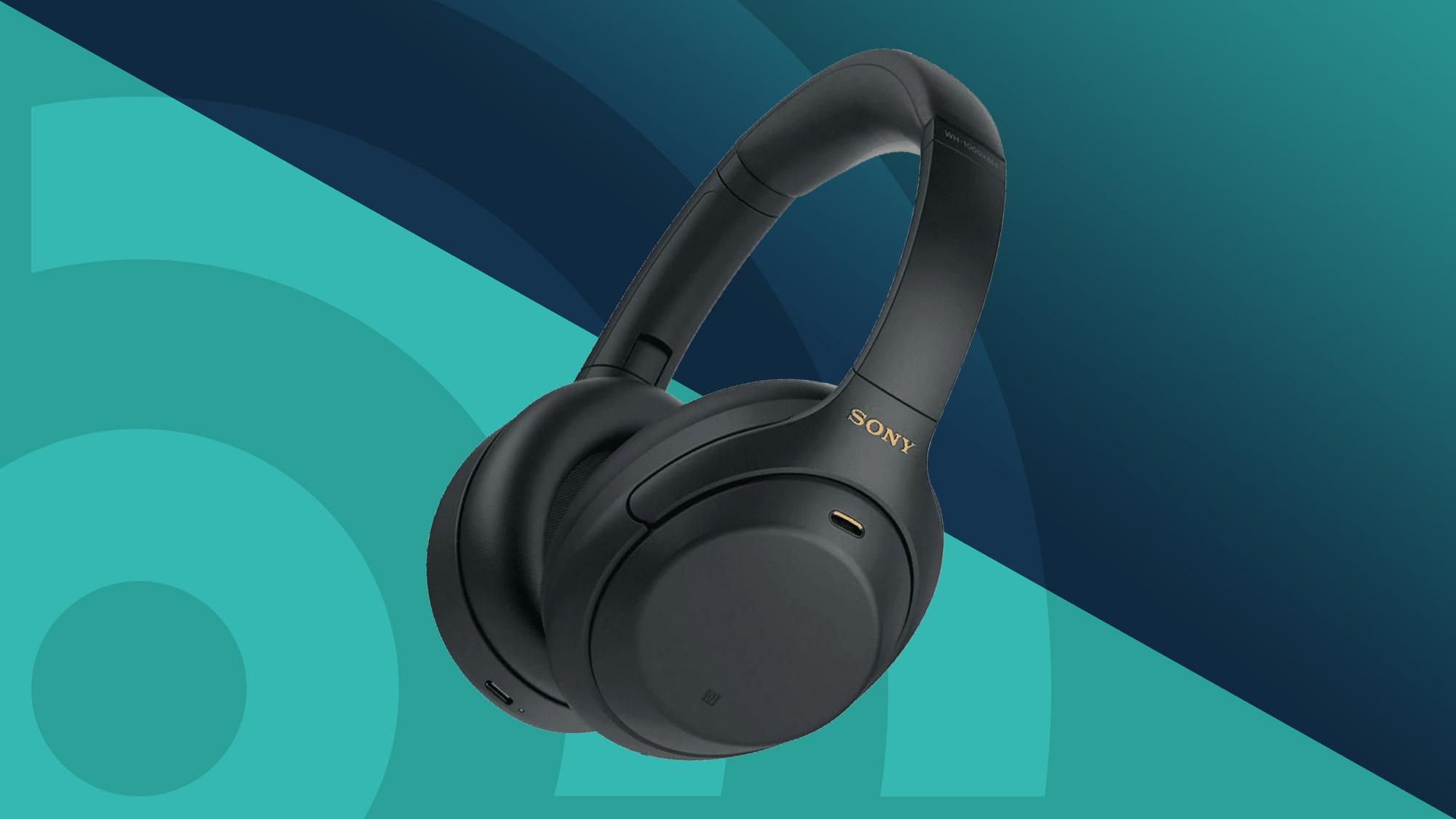
The best wireless headphones featured in this guide have been carefully picked by our expert audio team for their exceptional comfort, sound quality, cutting-edge features and portability. We've reviewed more than 700 headphones in the past 17 years, and every model in this list has been tested in accordance with both our testing process standards and our headphone-and earbuds-specific testing.
While die-hard audiophiles may still prefer the best wired headphones to bypass Bluetooth and get a high-resolution audio fix only wires can deliver, the best modern wireless models with Snapdragon Sound and/or aptX Bluetooth chipsets have significantly narrowed the gap, and they’re much more convenient. No wires, no hassle, only effortless listening. It’s no surprise wireless options are among the best headphones on the market.
With decades of experience between us, our audio specialists have rigorously used every model we’ve recommended in this guide out in the real world, handpicking only the best across a range of budgets and needs. However, if you’re in the market for something smaller, be sure to check out our guide to the best wireless earbuds for compact alternatives. And, if you haven't considered them before, open-ear options are now hugely popular – take a look at our guide to the best open ear headphones if you're curious.

I've reviewed nearly 200 audio products since becoming a tech journalist, ranging from super-budget headphones to high-end Hi-Res Audio music players. Before joining TechRadar, I spent three years at What Hi-Fi? testing everything the world of audio had to offer; before that, I was a professional dancer. My love of music ties it all together.
October 17, 2025
We've refreshed this guide based on our recent testing, removing lots of older and more specific categories, and focusing on the options we think are truly the best. Everything that's been removed from this guide is still a solid choice, which is why all of these picks can now be found in our 'Other headphones we've tested' section.
The best wireless headphones available today
Why you can trust TechRadar
The best wireless headphones overall
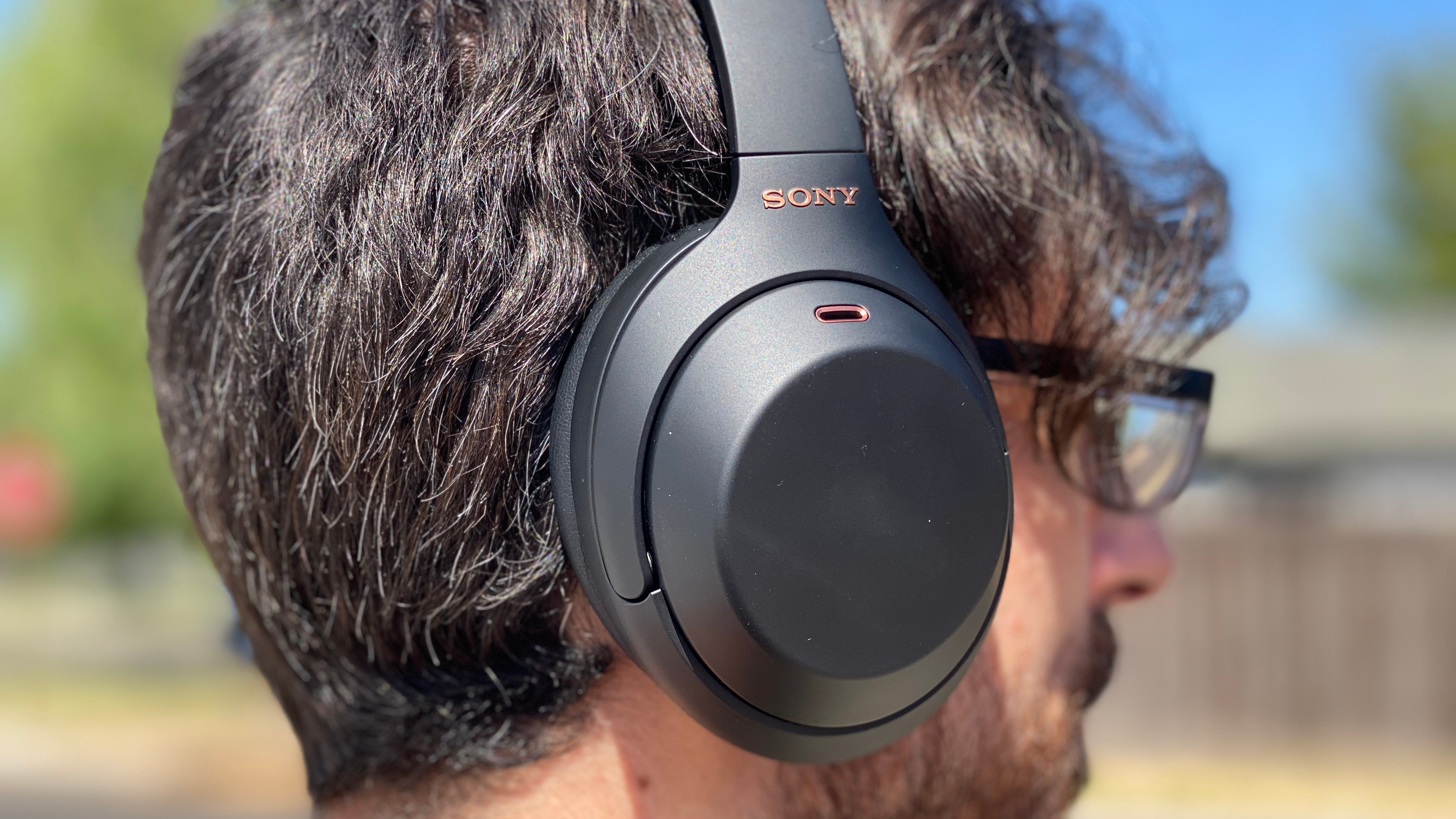
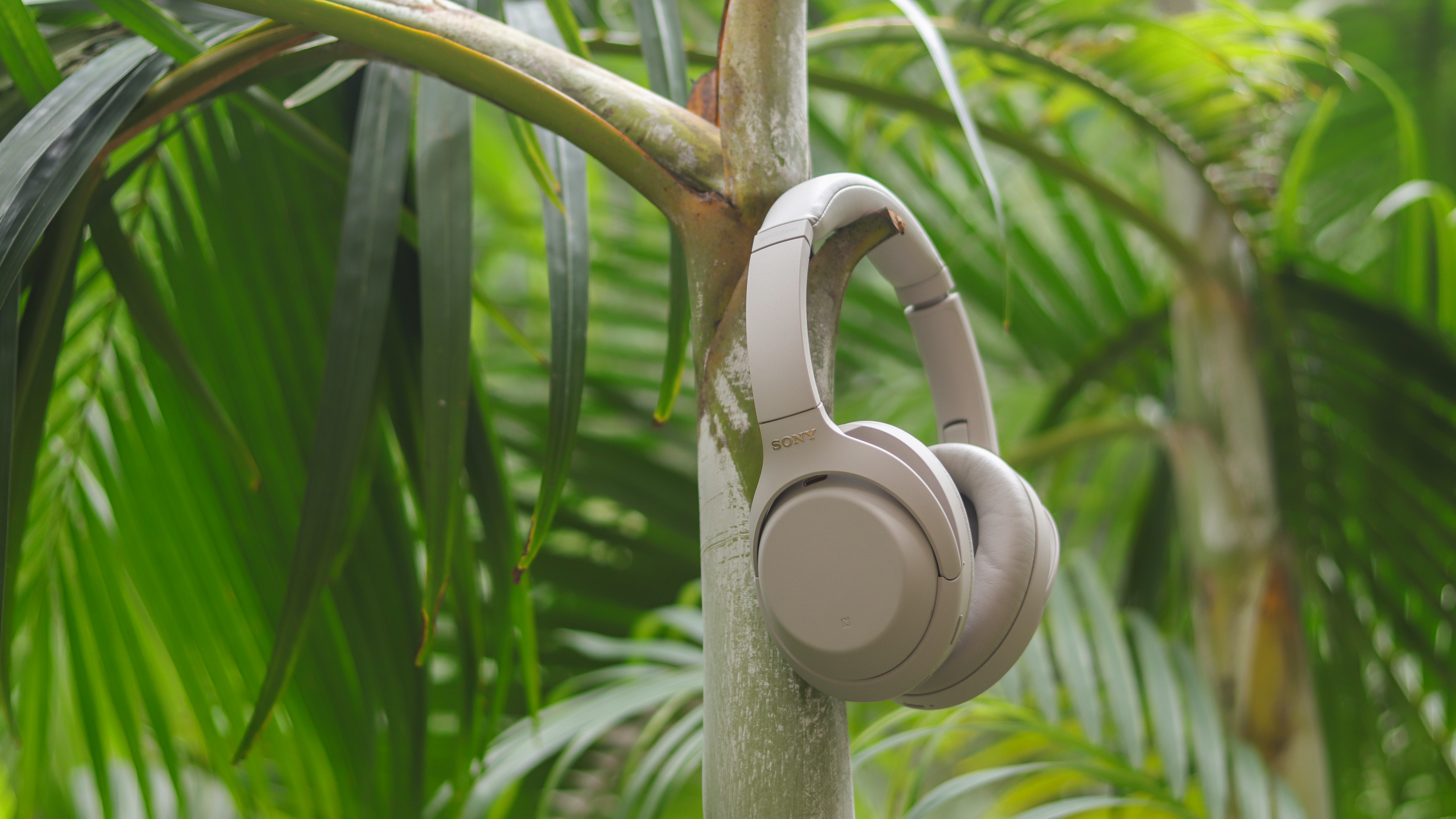
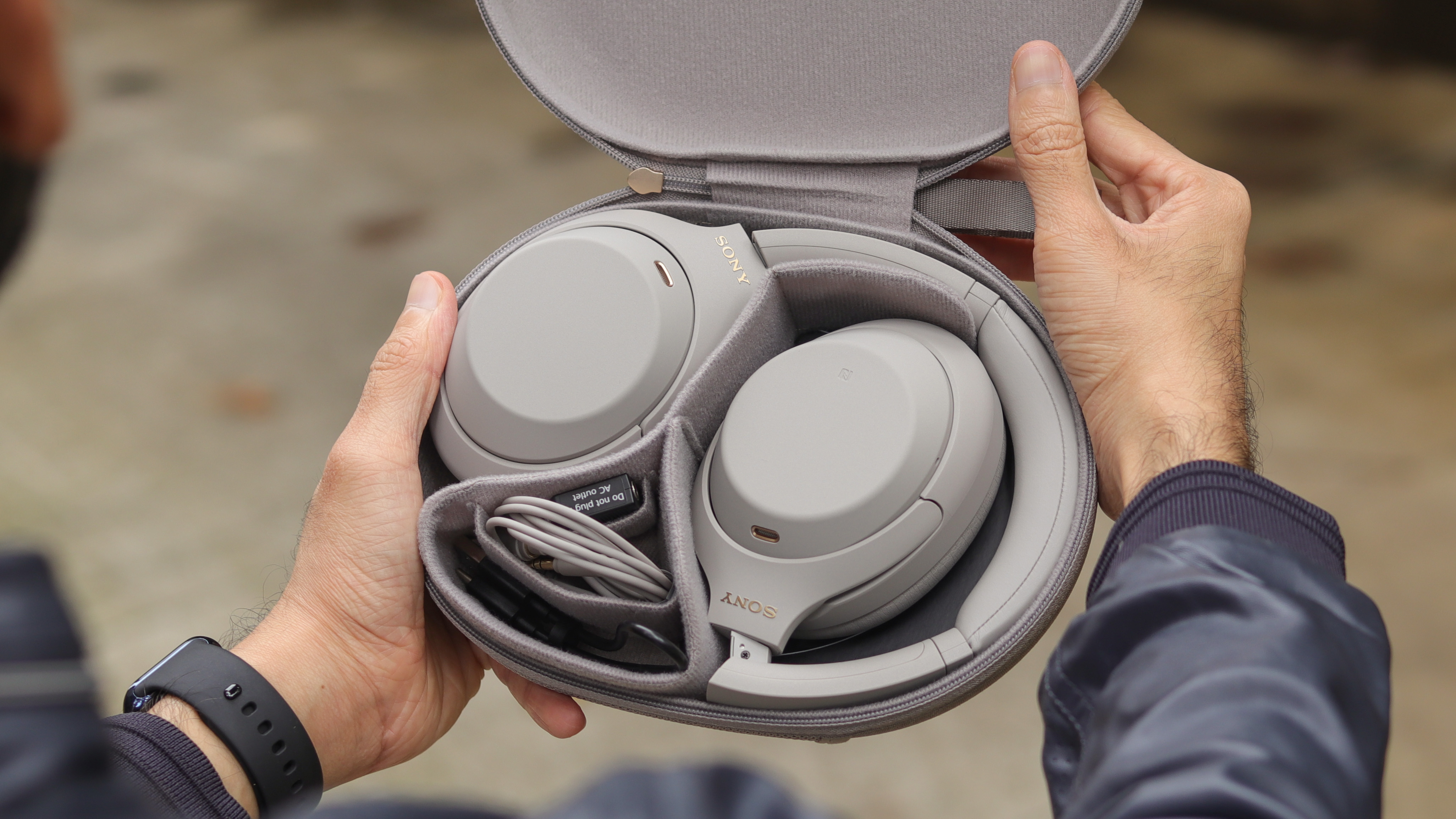
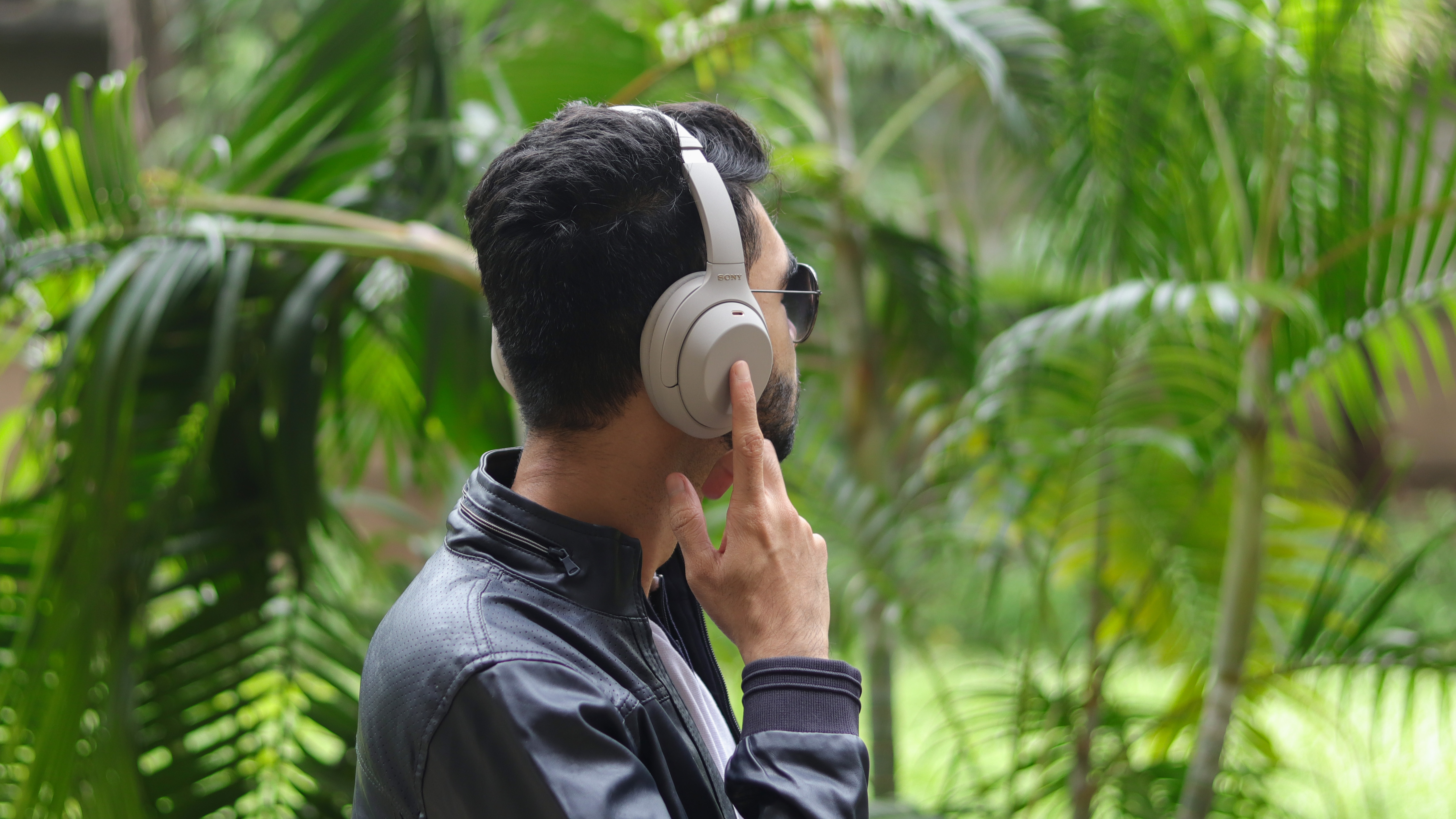
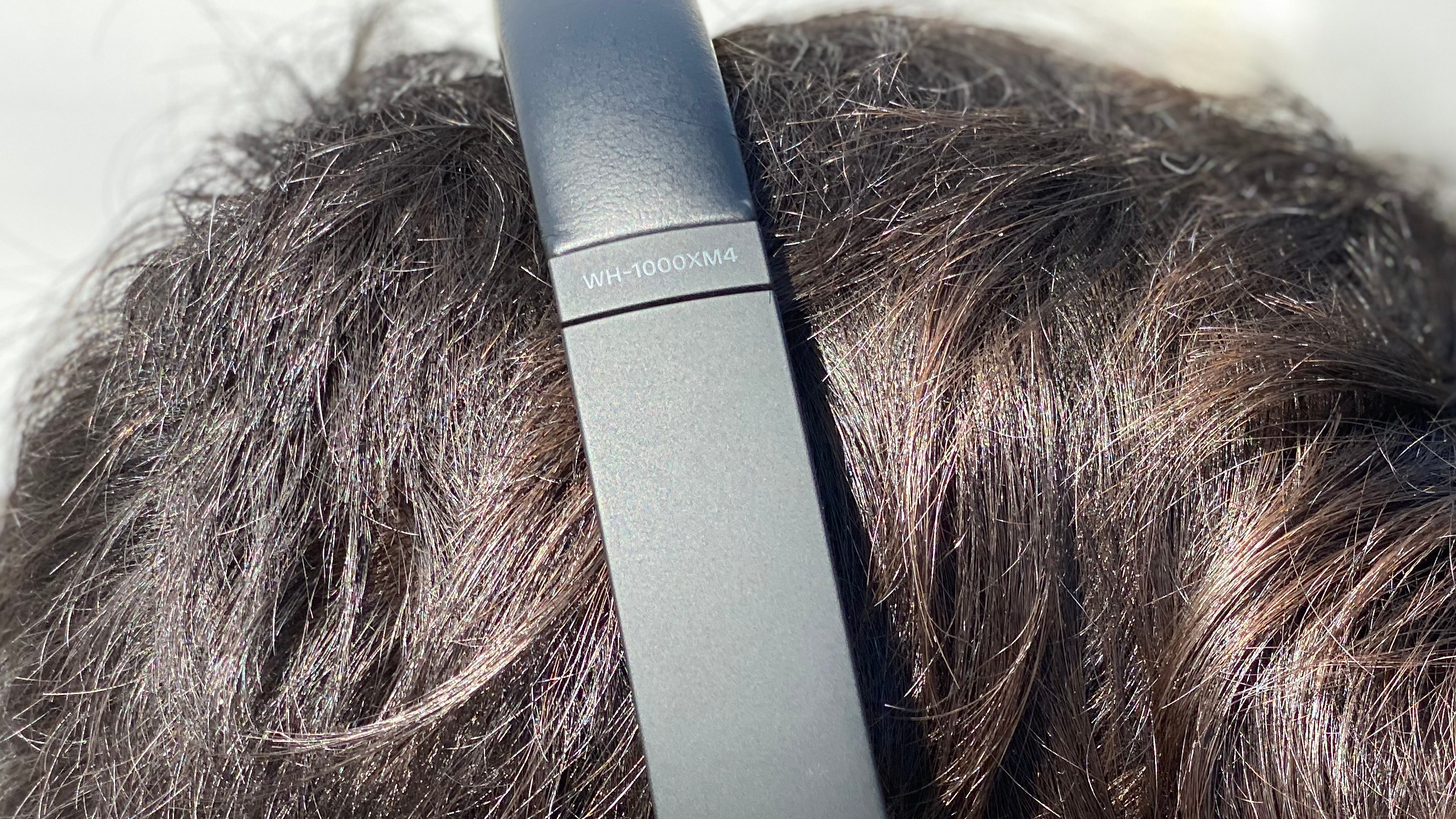
Specifications
Reasons to buy
Reasons to avoid
✅ You want excellent ANC: These are easily some of the best noise-cancelling headphones on the market.
✅ Audio is just as important as ANC: You don't need to pick between quality sound and quality noise-cancelling, you get both here in spades.
❌ You want them for conference calls: They're not bad on calls, but you'll find better clarity elsewhere.
❌ You don't like tinkering with apps: You'll need to tweak settings in the app to get the most of these headphones.
You might be surprised to find the Sony WH-1000XM4 at the top of this list. After all, they’re old now. The newest Sony WH-1000XM6 over-ears are at no #6 in this list and are our top pick for best-in-class ANC. But the fact the XM4s are still our top choice really is a testament to how good they are. We still rate them because they’re simply better value for most people in today's economic climate. One of the main reasons is because they’re consistently reduced – they’re only our top pick if you can find them for under $220/£200.
Why do the Sony WH-1000XM4 headphones still top this list years after launch? For starters, the noise cancelling on offer here is top notch, nixing noise in all sorts of environments. What’s more, the sonic performance delivered during every step of our testing. In our review, we wrote the sound here is “warm and balanced,” with a “clear and powerful bass”. That’s what’s important after all. But they really are the whole package, with a comfortable design that’ll do for long periods of listening, thanks to a lightweight build. Now, there’s no denying that the newer XM6s do all of these things too, and better, but they also cost much more. So again, it’s about the XM4s being the best value and the most common sense pick for right now.
What’s more, they’re also packed with features, including support for the LDAC codec for CD-quality audio (assuming your phone supports it), as well as location-based noise-cancellation modes, which were really handy during our testing. You’ll also find Sony's 360 Reality Audio tech for spatial audio from compatible sources. The only thing that’s notably missing is aptX compatibility – and even that feels like nit picking.
These headphones aren’t ideal for working out, they stay put generally but not with lots of movement and there’s no water-resistance rating, which doesn’t make them a good choice for sweating. However, if you can find the XM4s discounted, they still remain an excellent choice.
Read our full Sony WH-1000XM4 review
Sony WH-1000XM4 score card
Attributes | Score |
|---|---|
Sound | 5/5 |
Features | 4/5 |
Design and comfort | 4.5/5 |
The best budget wireless headphones
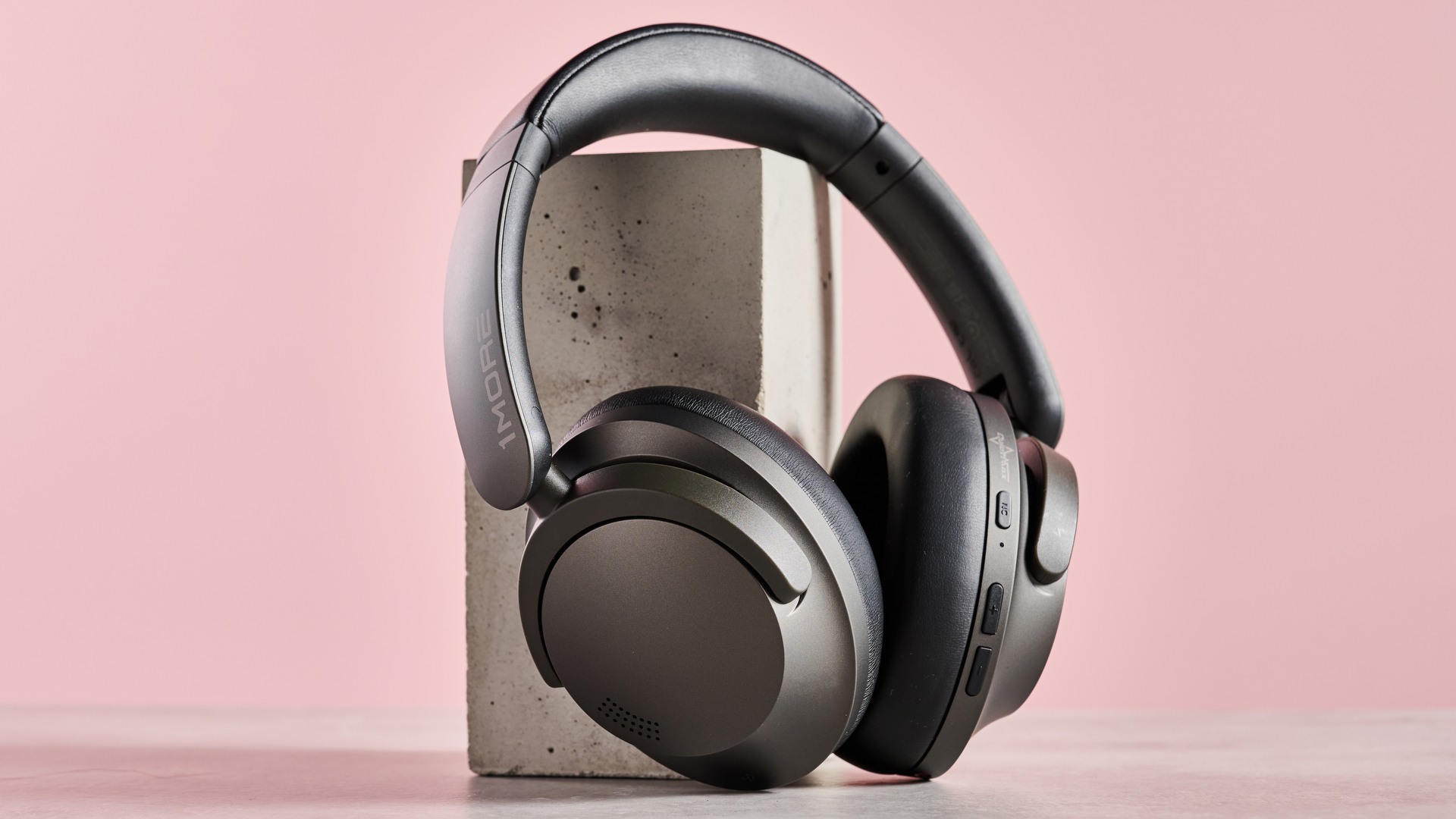
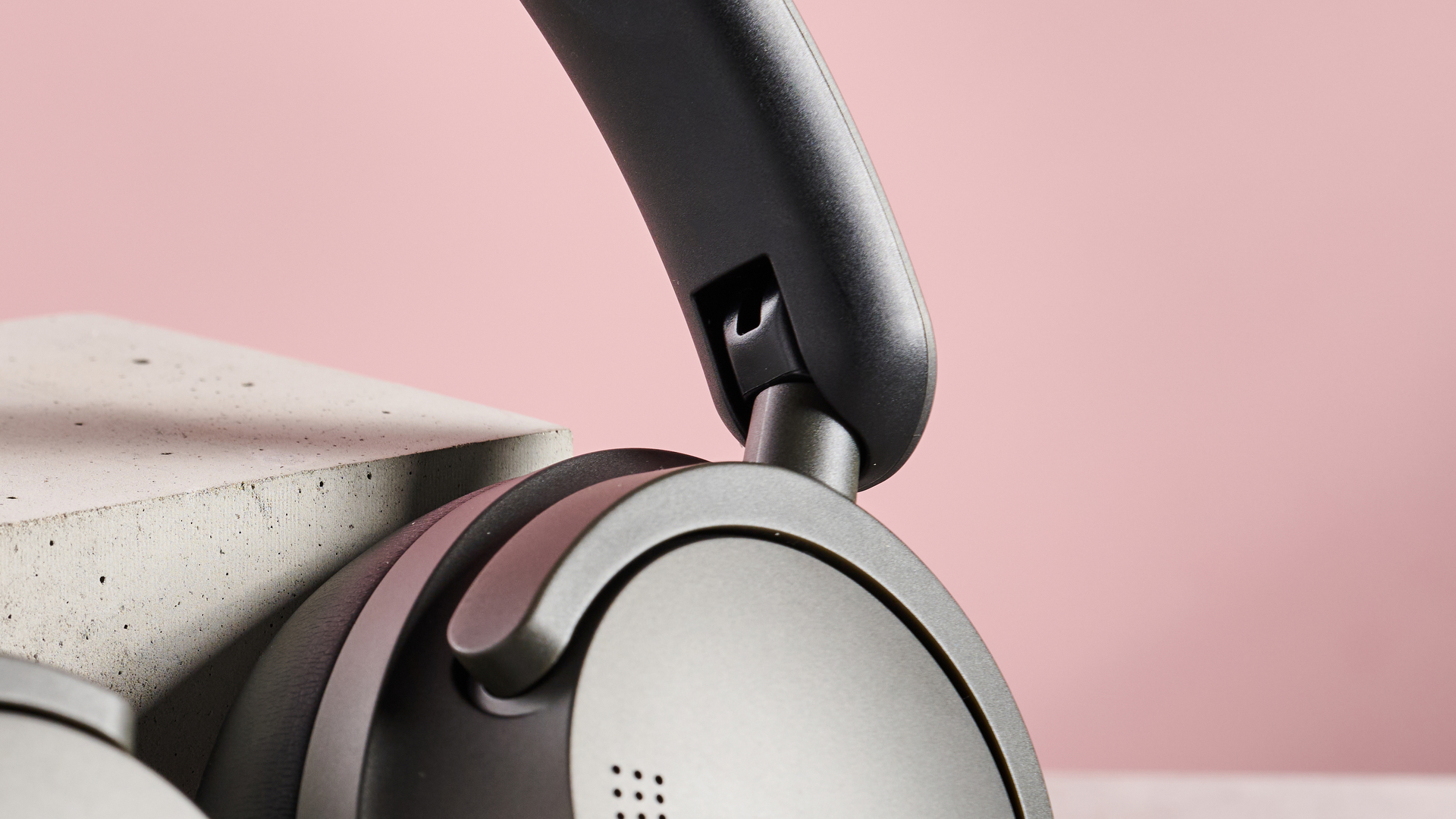
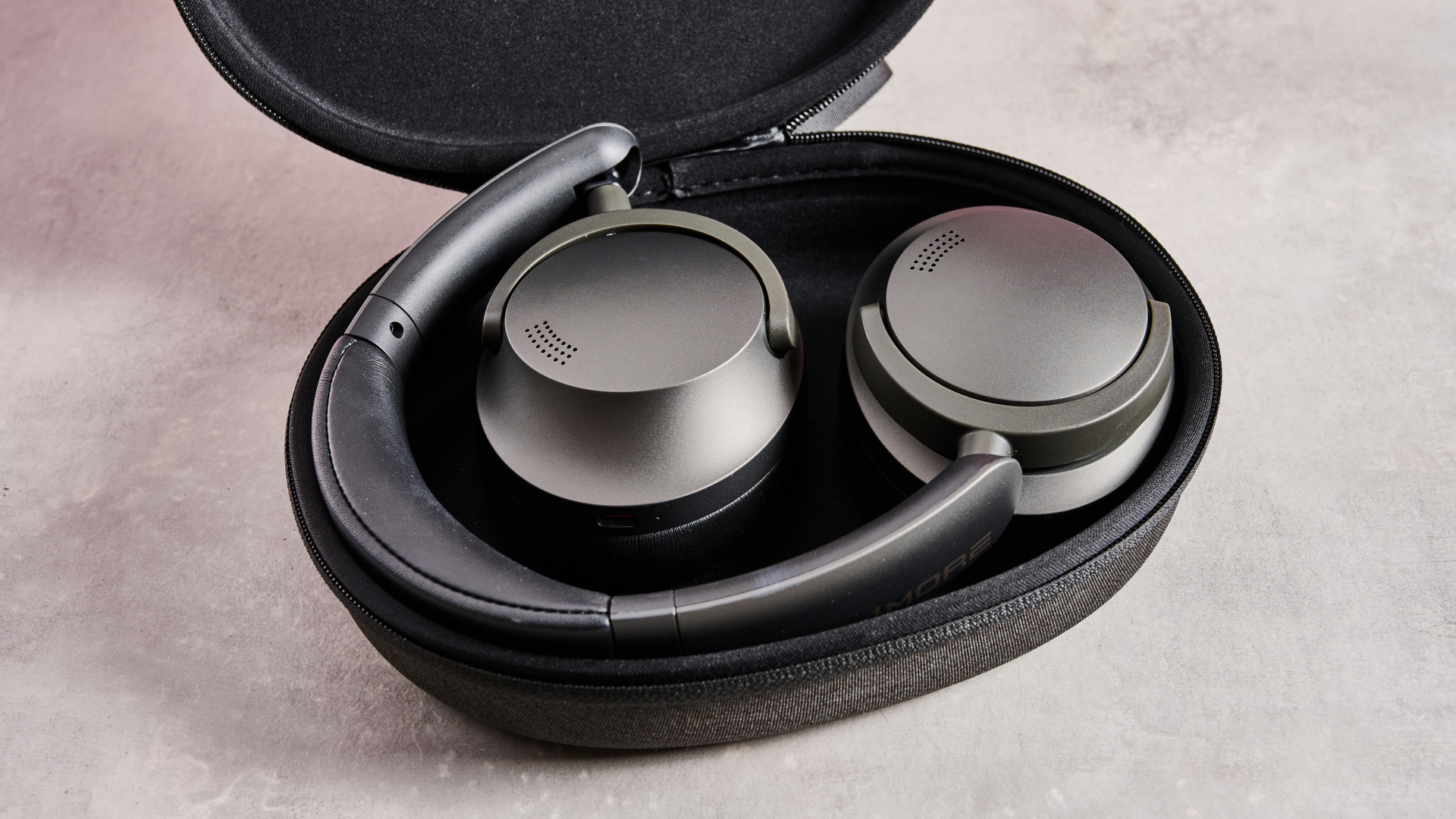
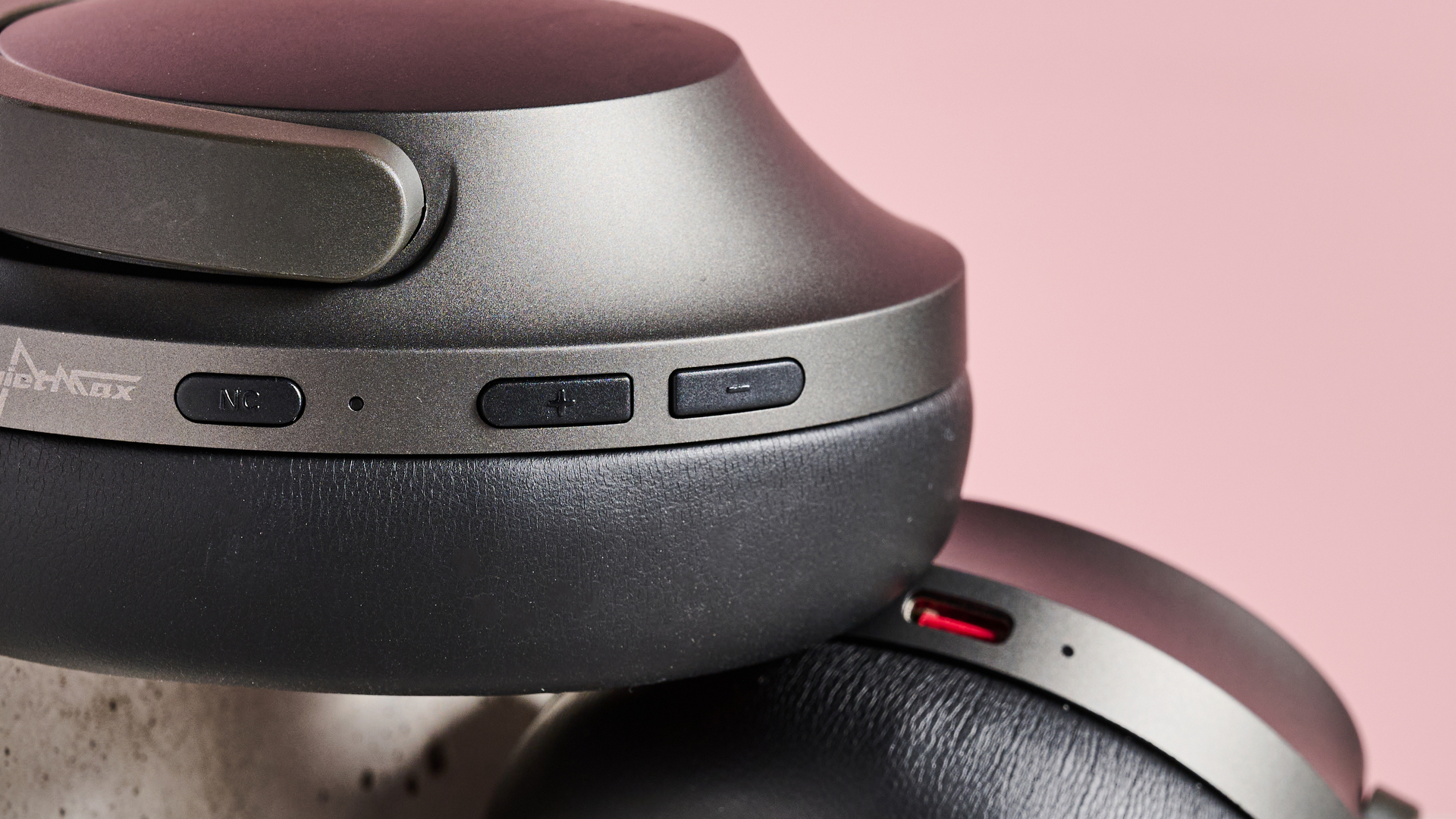
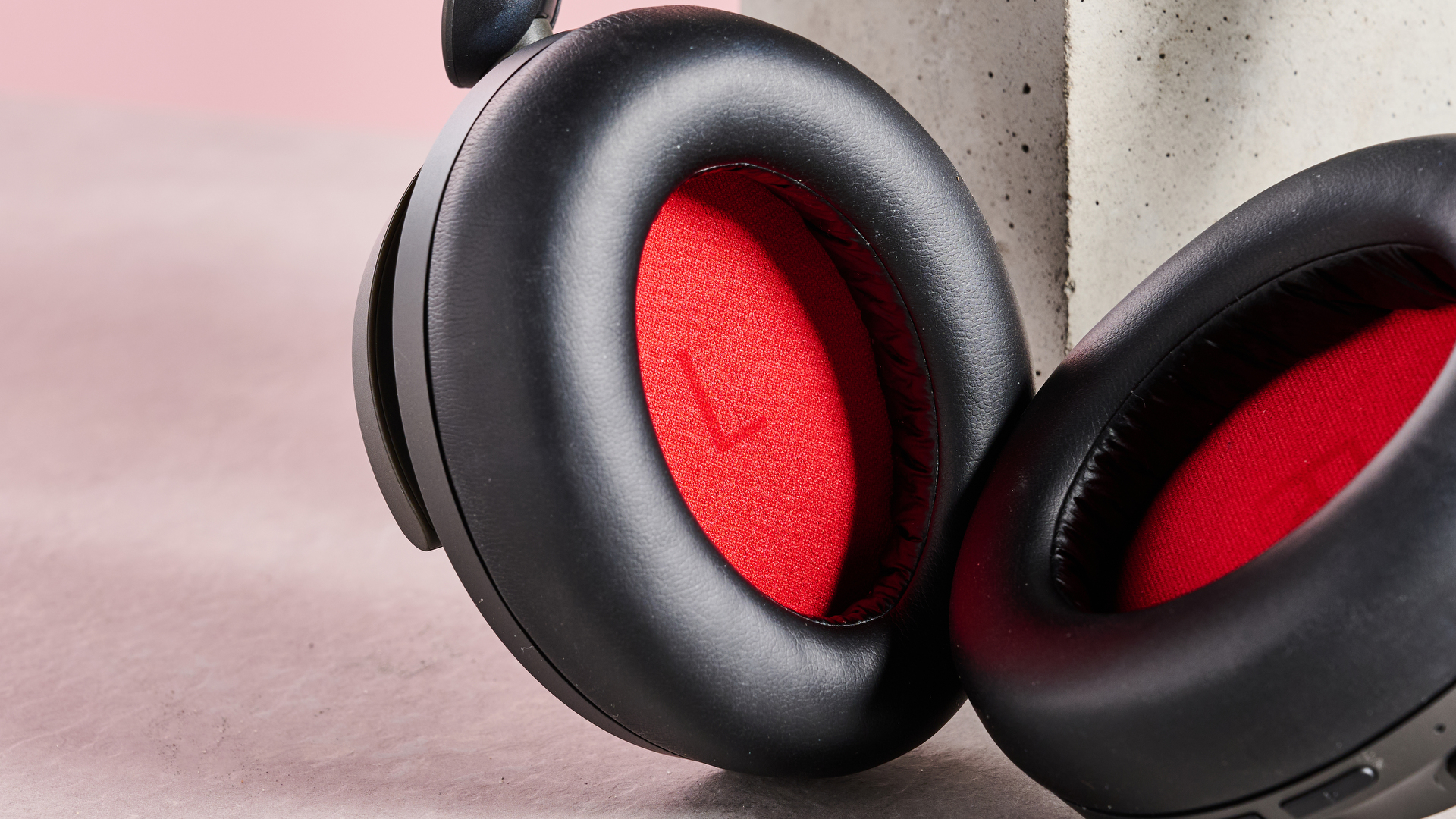
Specifications
Reasons to buy
Reasons to avoid
✅ You want affordable ANC: It doesn't meet Bose or Sony levels of good, but it's surprisingly effective, especially for the price.
✅ You want solid all-rounders on a budget: All of this for under $100 is excellent value and they're sometimes reduced even more.
❌ You want top-tier sound: Audio quality here is surprisingly good for the price, but it won't compete with higher-end models.
❌ Build quality matters to you: They'll do fine but they don't have that premium finish and feel that you'd find from pricier alternatives.
The 1More SonoFlow Pro HQ51 headphones are a rare find. They’re a pair of budget-friendly cans that don’t ask you to make major sacrifices. They may not reach the dizzying heights of premium audio or build quality that you’ll get from more expensive rivals, but they still manage to tick almost every box – and that’s exactly why they’re our top pick for anyone after affordable headphones that really deliver.
Design-wise, they’re sleek and modern, with a subtle matte finish and earcups that angle slightly forward for a more sculpted, futuristic look. There’s generous padding on both the headband and earcups, which makes them seriously comfortable for long listening sessions. Sure, the button controls feel a little plasticky and the headband isn’t the most robust we’ve seen, but at this price, that’s expected, and easy to forgive.
Audio performance is solid across the board. These headphones lean toward a bassier sound signature, which makes them particularly good for fans of dance, hip-hop, and pop. But it’s not all about the low end, the sound remains clear and free of tinniness, even at higher volumes. And if the bass feels a little too bold, you can easily tweak the EQ settings in the 1More Music app to suit your preferences. LDAC support is also on board, which means you can enjoy higher-quality audio if your device supports it.
ANC is surprisingly effective here. While it won’t completely mute the world like a pair of high-end Bose or Sony headphones, it does a great job of dulling distractions like chatter, traffic, or office noise – making these a fantastic option for commuting or working in noisy spaces.
Battery life is another headline feature. 1More claims 100 hours of playback, though that’s with both ANC and LDAC turned off. With ANC switched on, you’ll still get around 65 hours, which is far better than many pricier models can manage.
All in all, the SonoFlow Pro HQ51 headphones deliver on all of the essentials. You get clear, bass-friendly sound, effective ANC, good comfort, and excellent battery life. At under $100 / £100, that’s an impressive combination. There are plenty of affordable headphones out there, but few manage to offer this much for so little – and that’s why these are our go-to budget pick.
Read our full 1More Sonoflow Pro HQ51 review
1More Sonoflow Pro HQ51 score card
Attributes | Score |
|---|---|
Sound | 4/5 |
Features | 4/5 |
Design and comfort | 4/5 |
The best premium wireless headphones
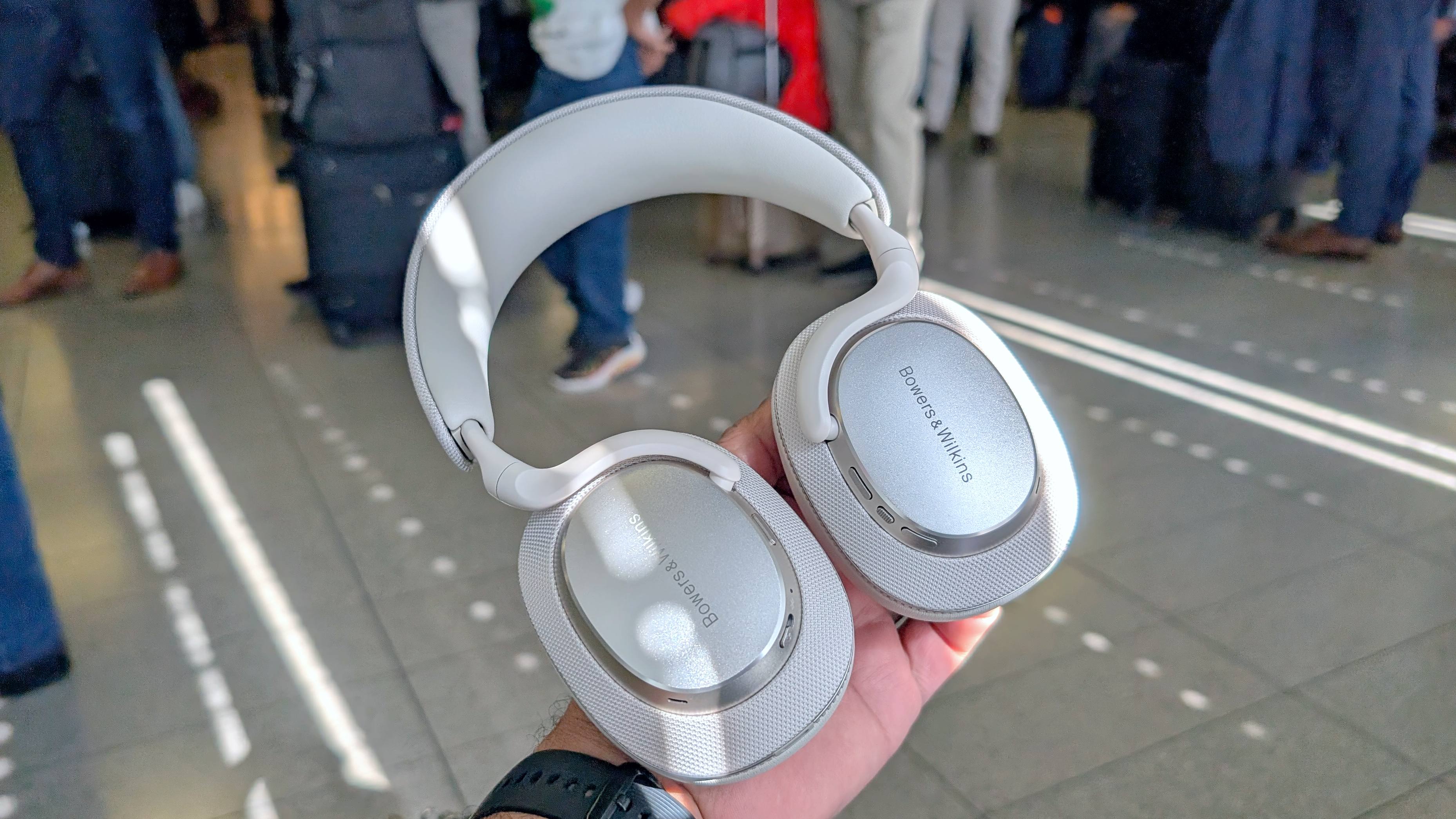
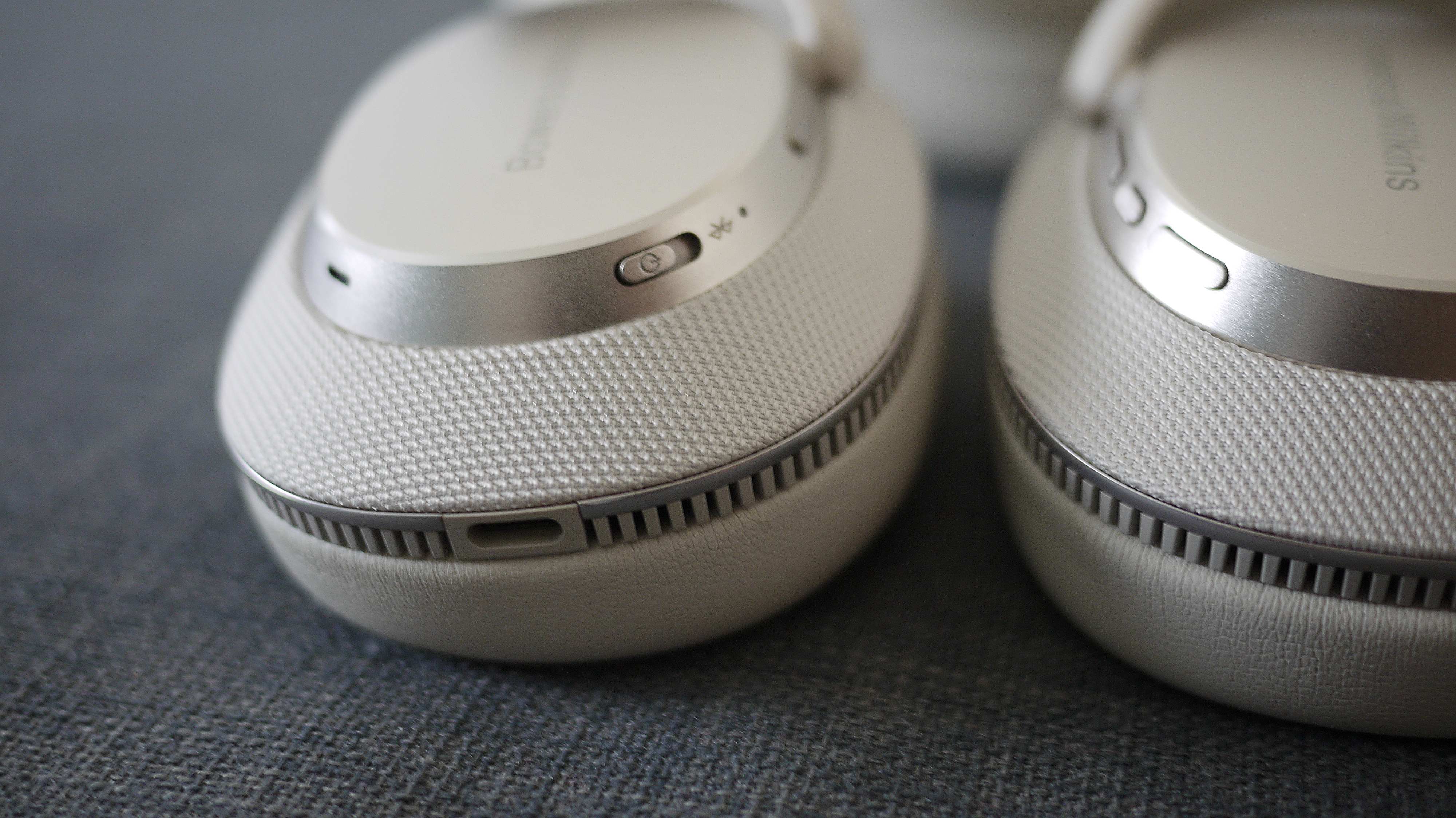
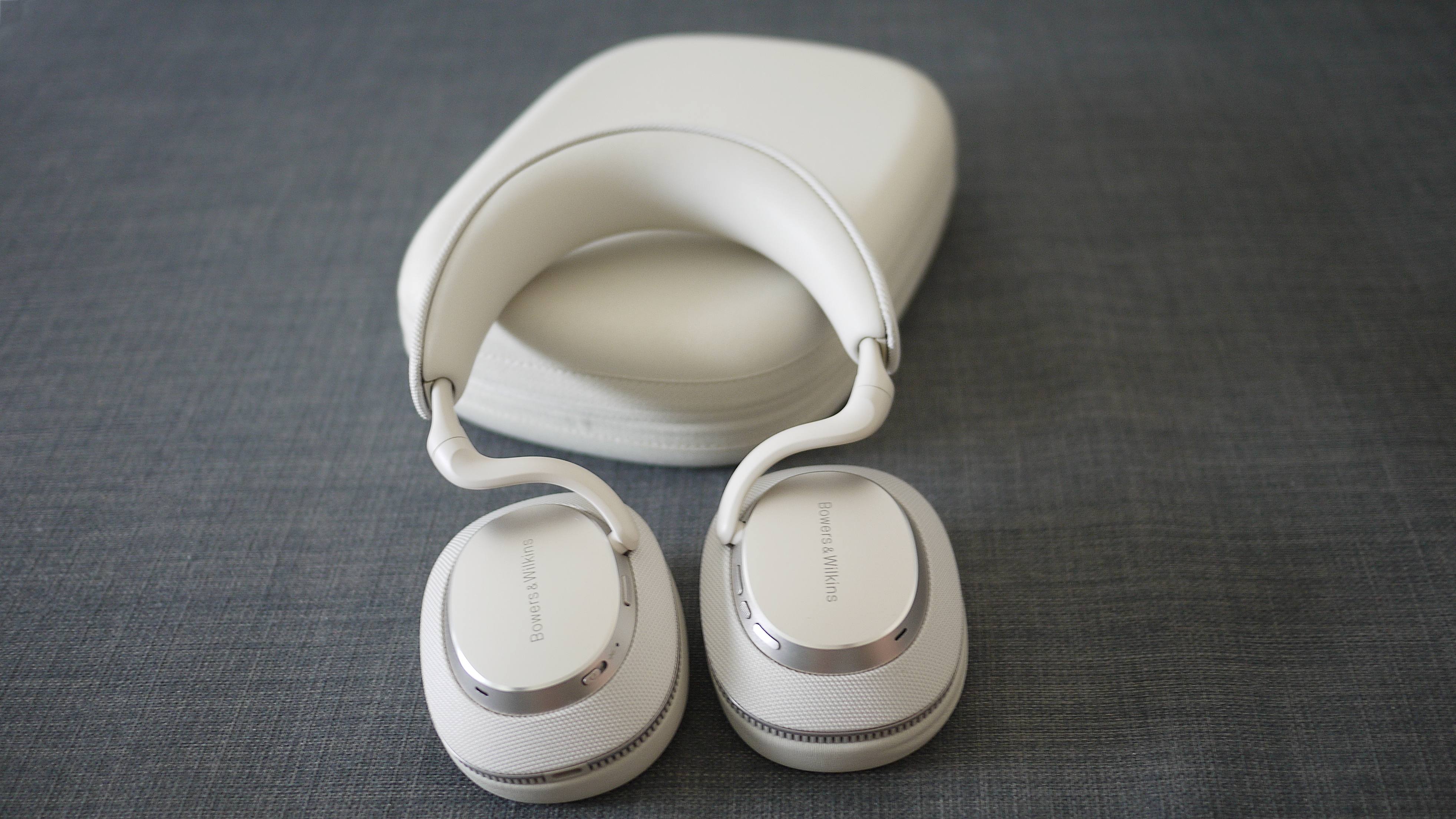
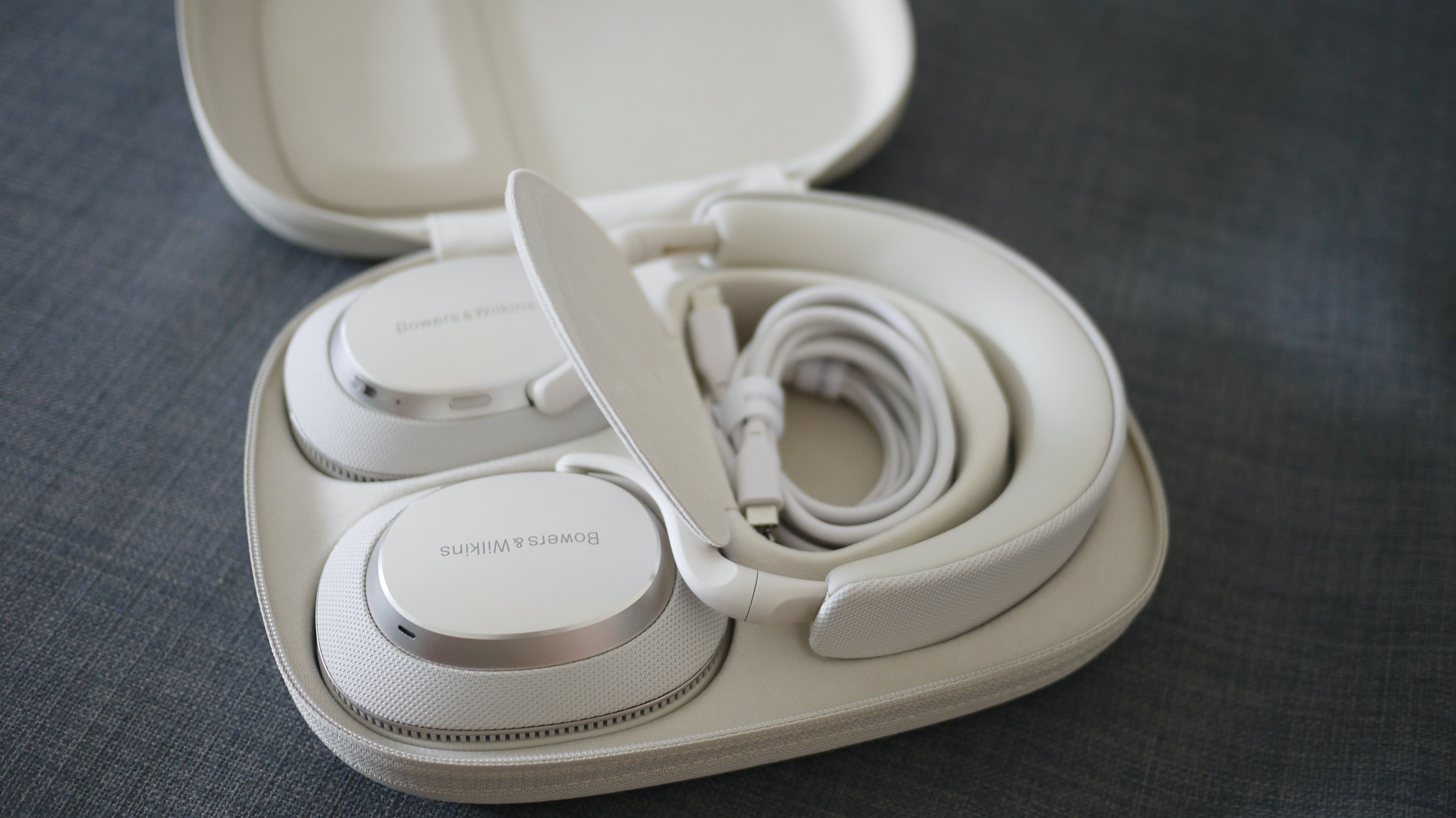
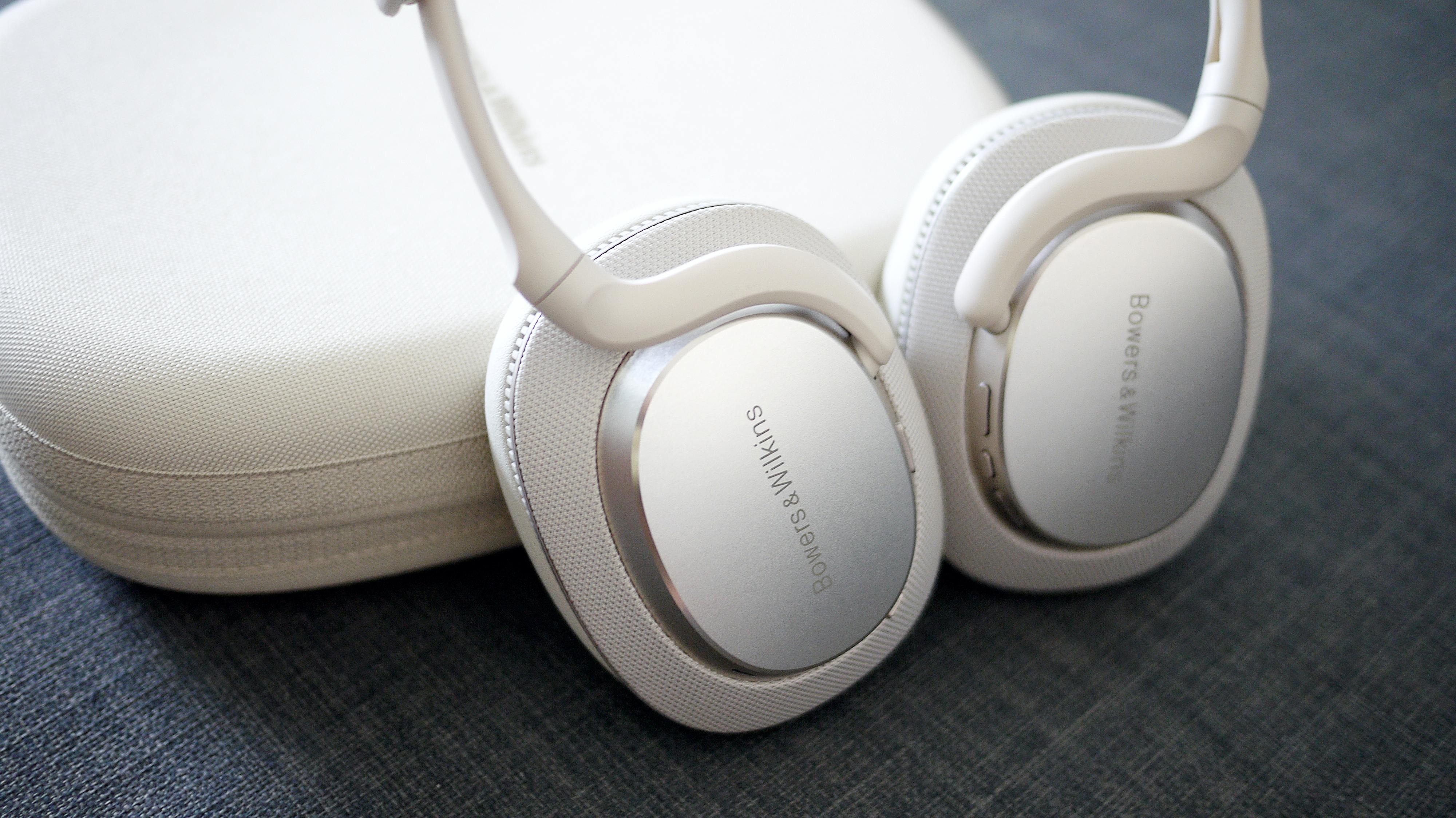
Specifications
Reasons to buy
Reasons to avoid
✅ You appreciate premium craftsmanship: From the moment you unbox them, these headphones look, feel – and even briefly smell – like a luxury product.
✅ You prioritize sound quality: They strike a masterful balance across the audio spectrum, delivering clarity, depth and nuance.
❌ You want all possible mod cons today: At the time of writing, these are waiting for some features, including spatial audio, to arrive in an update. And you won't find a hearing test here, or certain other more niche features.
❌ You’re often out in the elements: They can be a bit more sensitive to wind noise than you might like, especially in breezy or exposed conditions.
The Bowers & Wilkins Px7 S3 are a refined pair of wireless over-ears that aren’t cheap, but definitely have the performance to back up the premium price. With a sleek design, class-leading sound quality and upgraded noise cancellation over previous B&W models, they’re an audiophile-friendly package that doesn’t cut any corners when it comes to comfort or features.
Because features-wise, these headphones are stacked. You get Bluetooth 5.3 with aptX Lossless, aptX Adaptive and multipoint support, plus a USB-C input that handles 24-bit/96kHz audio for wired listening. The custom-built ANC system uses eight mics and a dedicated platform to cancel noise without compromising sound. The Bowers & Wilkins Music app ties it all together, giving access to EQ presets, battery stats, wear detection and direct streaming from services like Qobuz and Tidal.
Some features, such as Bluetooth LE Audio, Auracast and spatial audio support are promised, but are due in an update. And they don't have a listening test for personalized audio, or a couple of other features like that – but we have no complaints about what's here.
Battery life lands at a solid 30 hours with ANC on. This isn’t particularly impressive these days, but it’s enough to comfortably get you through a long week of commuting or travel.
Where these headphones truly shine is audio quality. After extensive testing – to make absolutely sure, you understand – we can say that the Px7 S3 are masterfully tuned, with wide-open sound, deep detail and an exceptional tonal balance. Bass is punchy yet controlled, mids are vivid and expressive and treble has just enough bite without sounding sharp. Whatever you’re listening to, everything feels cohesive and emotionally engaging. This is easily the most complete and convincing sound we've heard in a pair of wireless headphones at this price.
The design is more discreet than previous Px7 models, with a slimmer profile and lighter feel. But the build is still impeccable with high-end materials and removable parts. They're available in three colors (black, blue, and white) and come with a travel case that houses both USB-C and 3.5mm cables.
Comfort is excellent thanks to memory foam padding, a redesigned headband and a perfect level of clamping force. They’re still on the chunkier side, but much more wearable than earlier B&W models.
The only real downside is a slight susceptibility to wind noise when you’re out and about, as well as a lack of track skip buttons – no touch controls here. Granted, they’re also not cheap. But they earn every bit of that asking price. If top-tier sound is your number one priority, these are some of the finest wireless headphones you can buy.
Read our full Bowers & Wilkins Px7 S3 review
Bowers & Wilkins Px7 S3 score card
Attributes | Score |
|---|---|
Sound | 5/5 |
Features | 5/5 |
Design and comfort | 5/5 |
The best wireless headphones for battery life
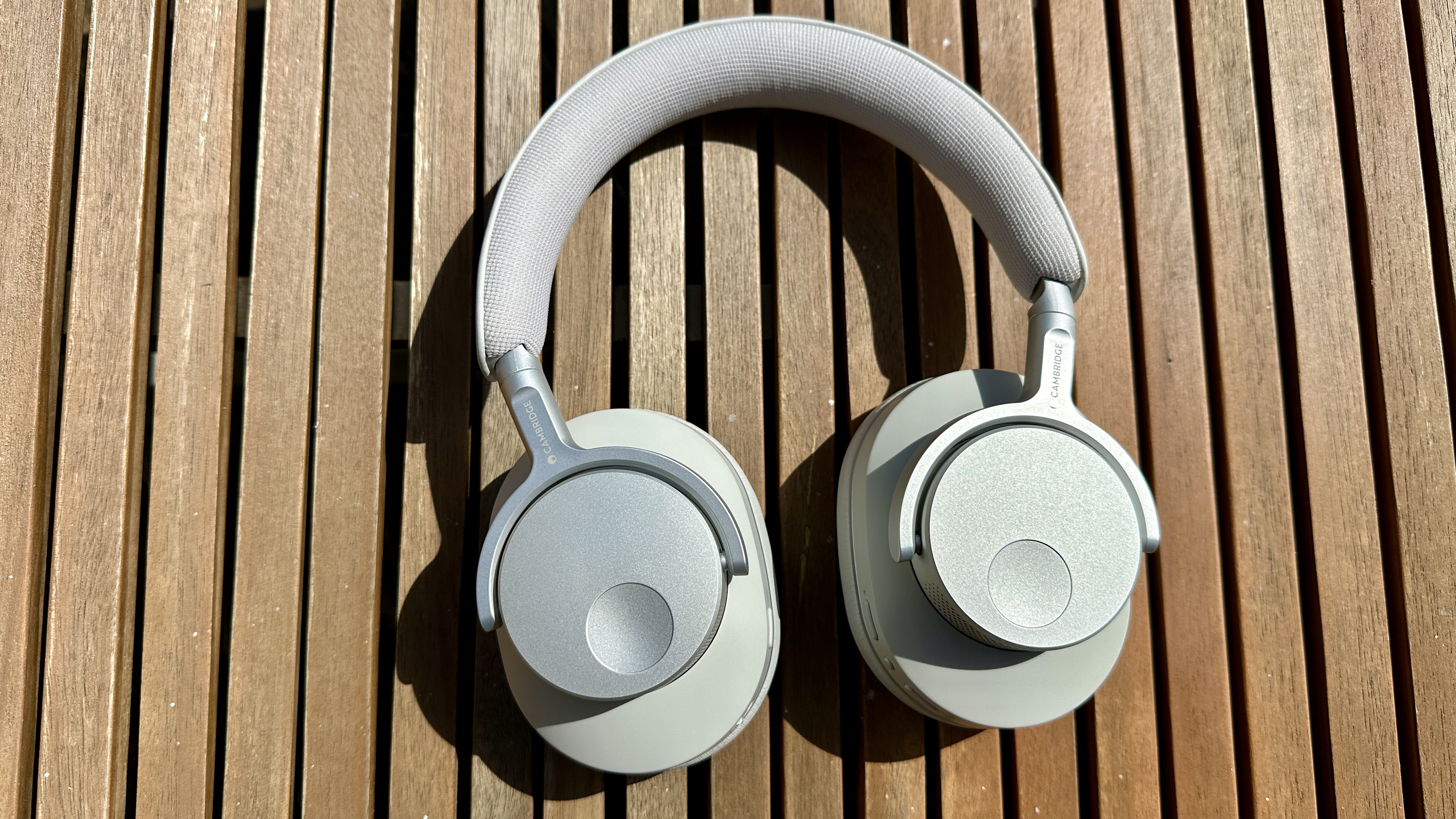
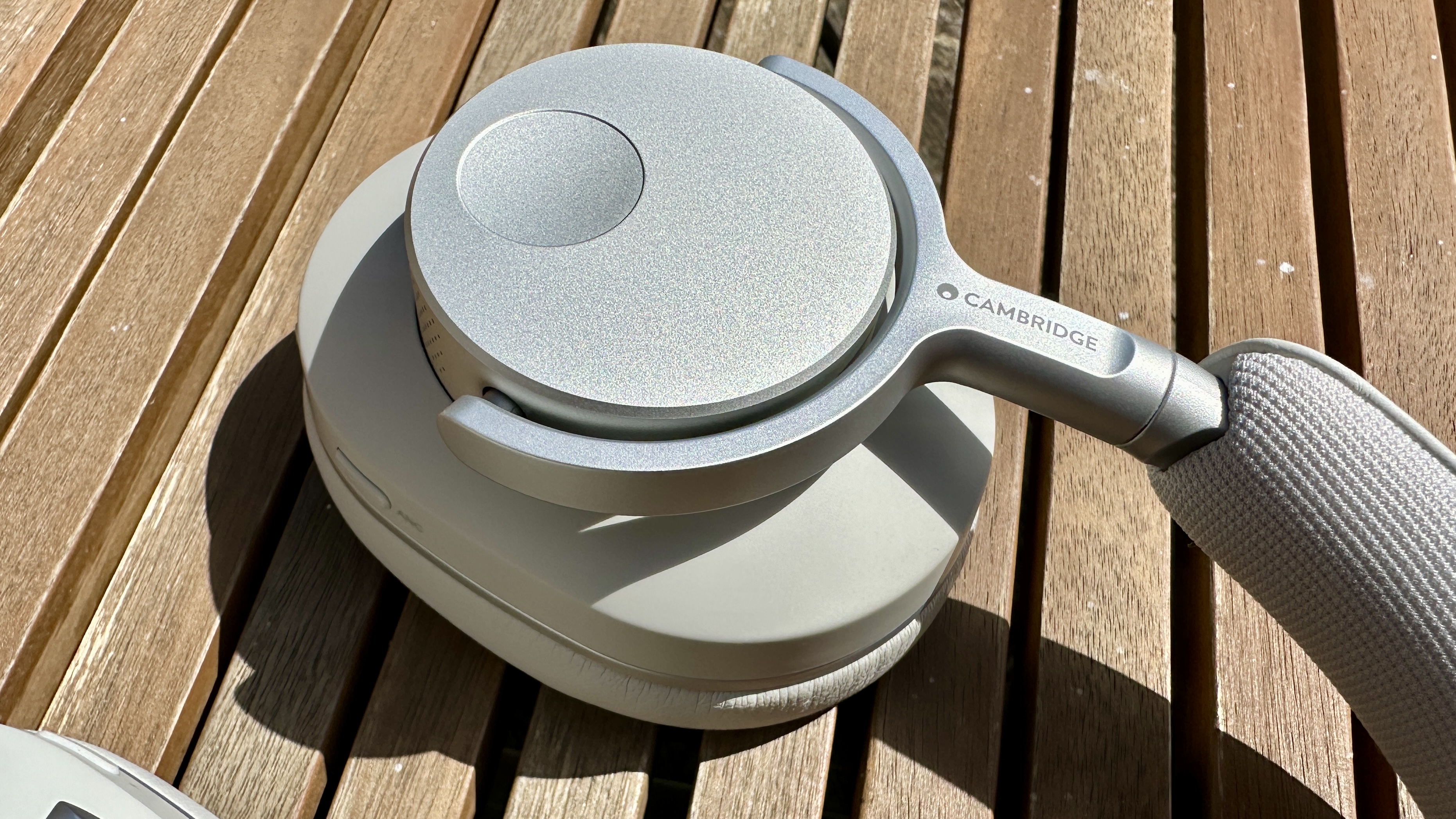
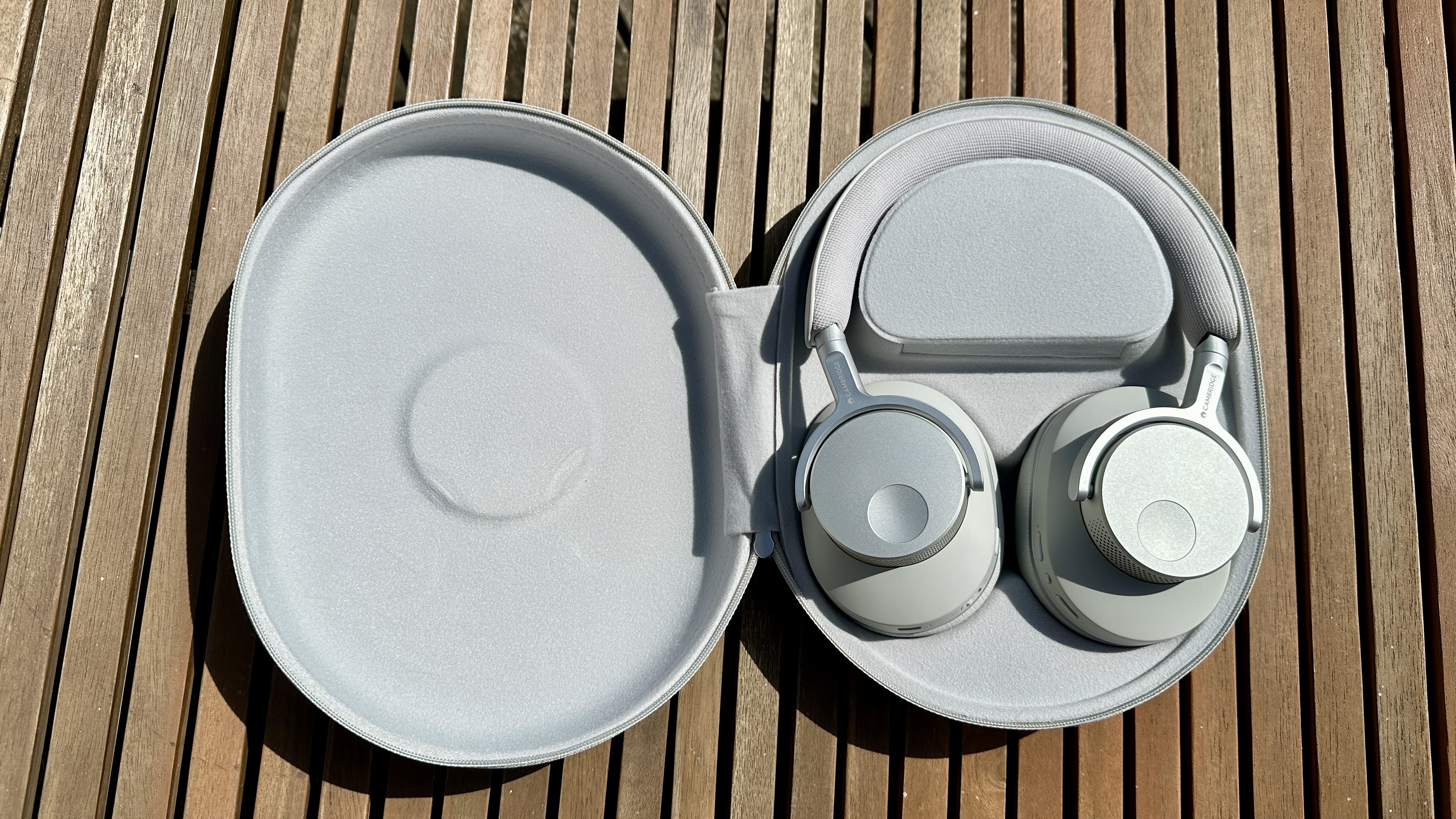
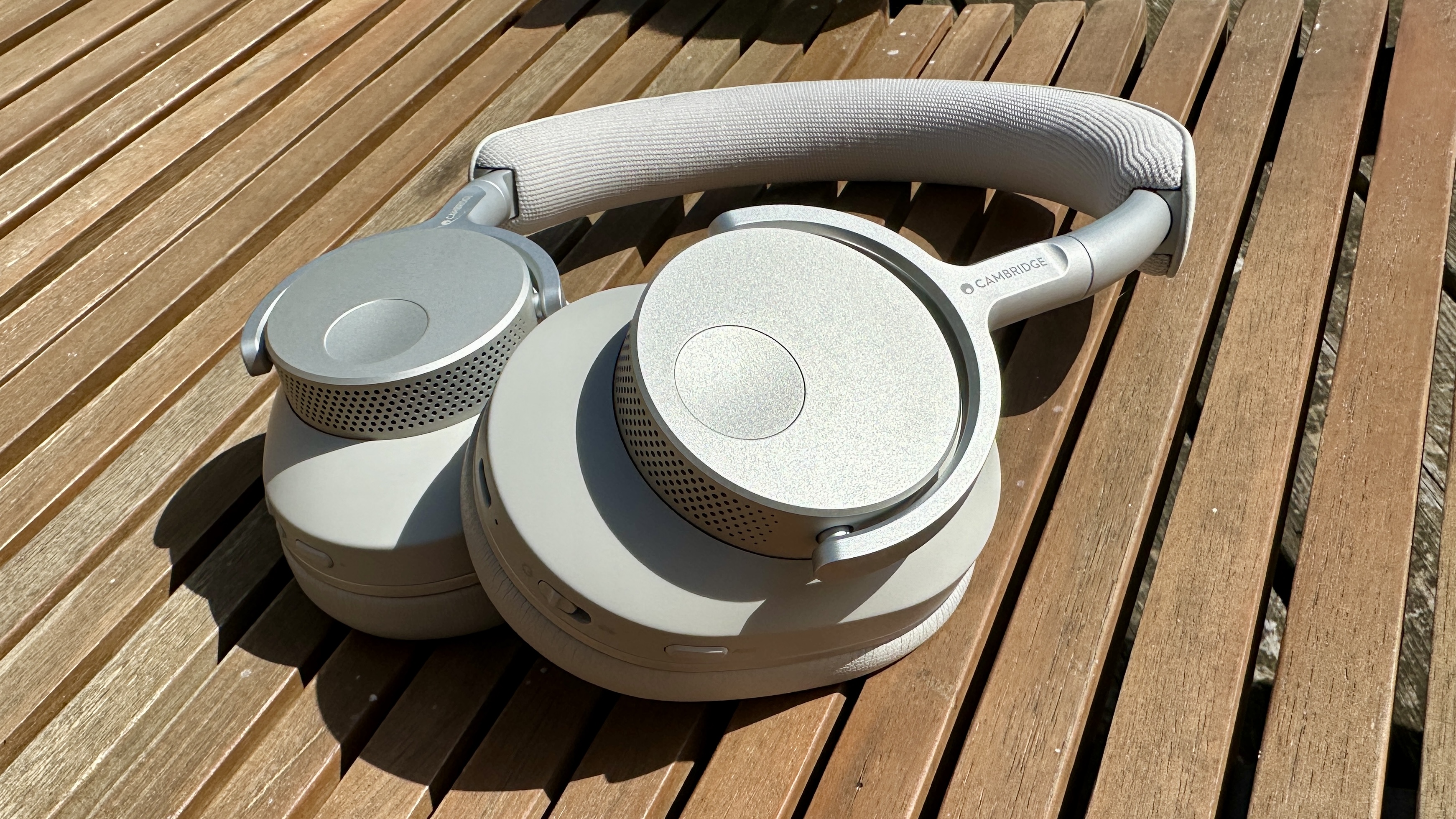
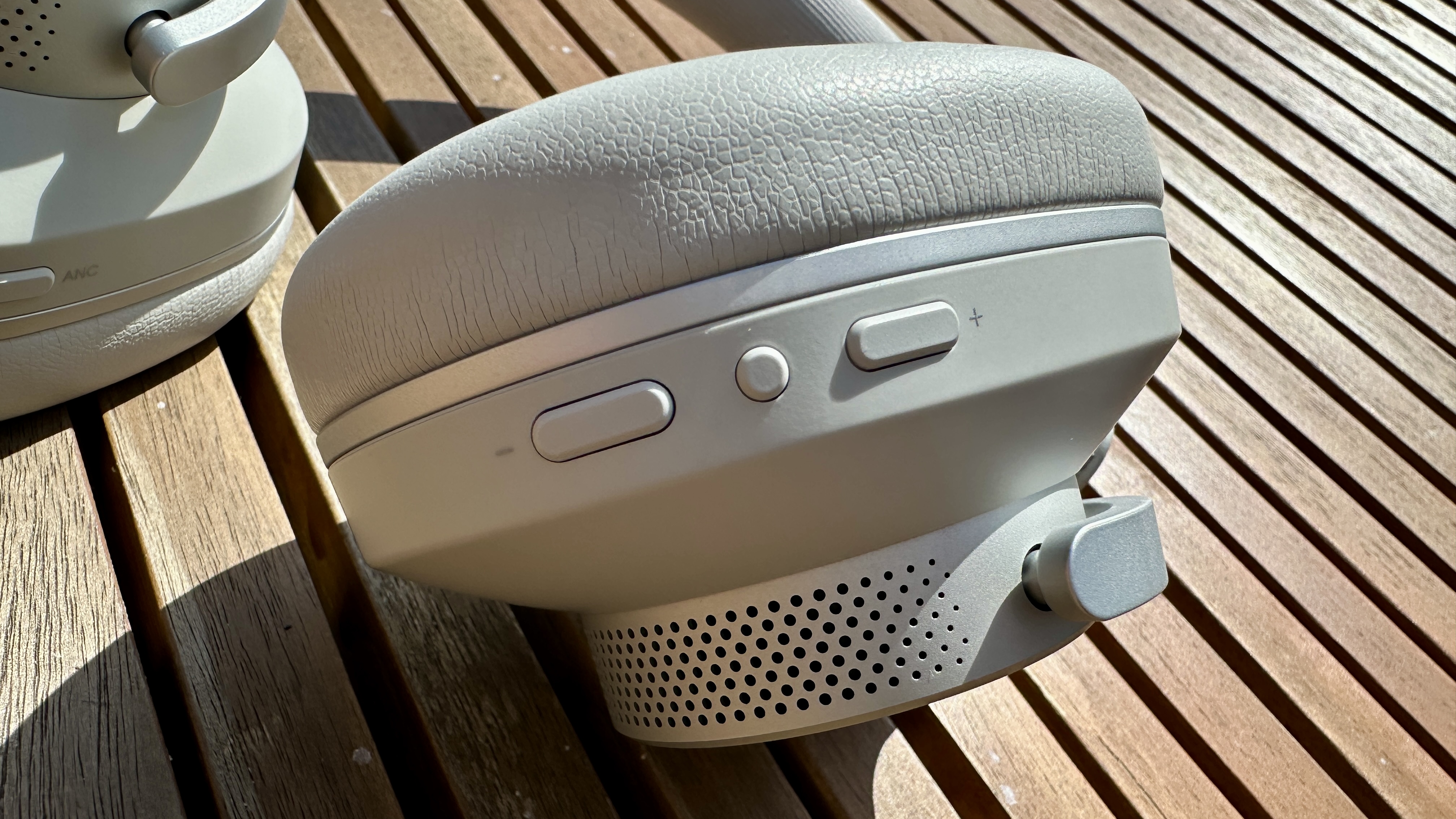
Specifications
Reasons to buy
Reasons to avoid
✅ You want long-lasting listening: With ANC off, you'll get 100 hours of battery. With it on, expect a still-great 60 – both are basically best-in-class.
✅ You like playing around with settings: We highly rated the app here for lots of customization, including EQ settings.
❌ You want excellent ANC: It's perfectly good here, but certainly not best-in-class by any means.
❌ You like a compact design: They're not big, but they don't fold up well for traveling like some rivals do.
The Cambridge Audio Melomania P100 headphones received a rare 5 out of 5 rating in our review, wowing in almost every way – and they're particularly easy to recommend if battery life mixed with audio prowess are your top priorities.
Design-wise, there’s nothing to shout about here, but the fit is comfortable, and that’s what matters. The earpads are detachable and made from memory foam and vegan leather. The same vegan leather is found on the outside, and then there’s a padded headband. There are also physical buttons here, which we know some love and some hate. The benefits of this style are that they’re very straightforward to use, and you don’t have to worry about too much sensitivity.
The Cambridge Audio Melomania P100 will make the most of high-quality music files from services like Qobuz or Tidal – but, as we wrote in our review, “they don’t judge”. Give these headphones any music, from hi-res to mediocre Spotify streams, and they’ll make it sound exceptional. Expect “an energetic and thoroughly engaging listen” thanks to their lively, detailed and confident presentation across the range. And, if the sound isn’t quite to your liking, you also have the option of tweaking the seven-band equalizer within the app, which also has several presets.
Battery life is the biggest feature to shout about here. You’ll get a total of 100 hours, which is very rare. That drops to 60 hours with ANC on, which rival headphones the Sennheiser Momentum 4 Wireless can also reach – but few others match it, and it's double what you get from Sony.
There are other features worth shouting about here too, including multipoint connectivity, Bluetooth 5.3 and both aptX Adaptive and aptX Lossless codec compatibility. This means you can listen to lossy 24-bit/96kHz streaming and lossless 16-bit/44.1kHz resolution available – you’ll just need the right source player and streaming service. There’s also Class AB amplification powering 40mm full-range dynamic drivers, and six mics to handle ANC and ensure call quality is crisp and clear.
The noise cancellation here is very good. In our review, we wrote: “It will do a job on external distractions of all types, and without leaving a counter-signal or shift in tonality in its wake.” But we also said it’s not the best ANC we’ve ever tested – Bose and Sony both have it beat.
With such excellent specs, they’re not the cheapest option in this list by any means, but they’re well-priced when you consider just how extensively they’re specified. Which means if you’re looking for a pair of wireless headphones that really do tick all of the boxes, providing high-end sound, a high-end fit, and incredibly long battery life, then you’ve got it.
Read our full Cambridge Audio Melomania P100 review
Cambridge Audio Melomania P100 score card
Attributes | Score |
|---|---|
Sound | 4.5/5 |
Features | 5/5 |
Design and comfort | 4/5 |
The best mid-priced wireless headphones
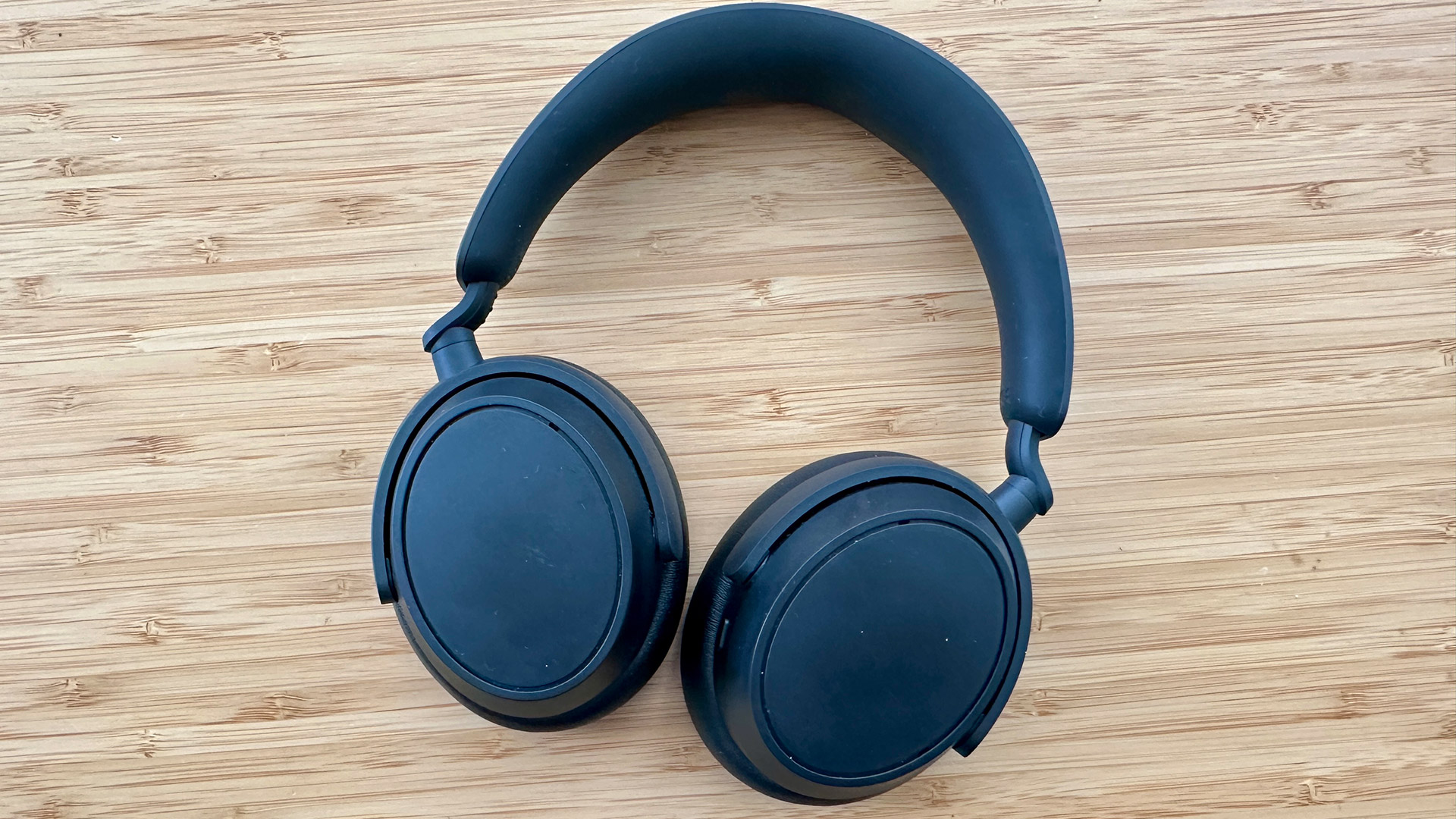
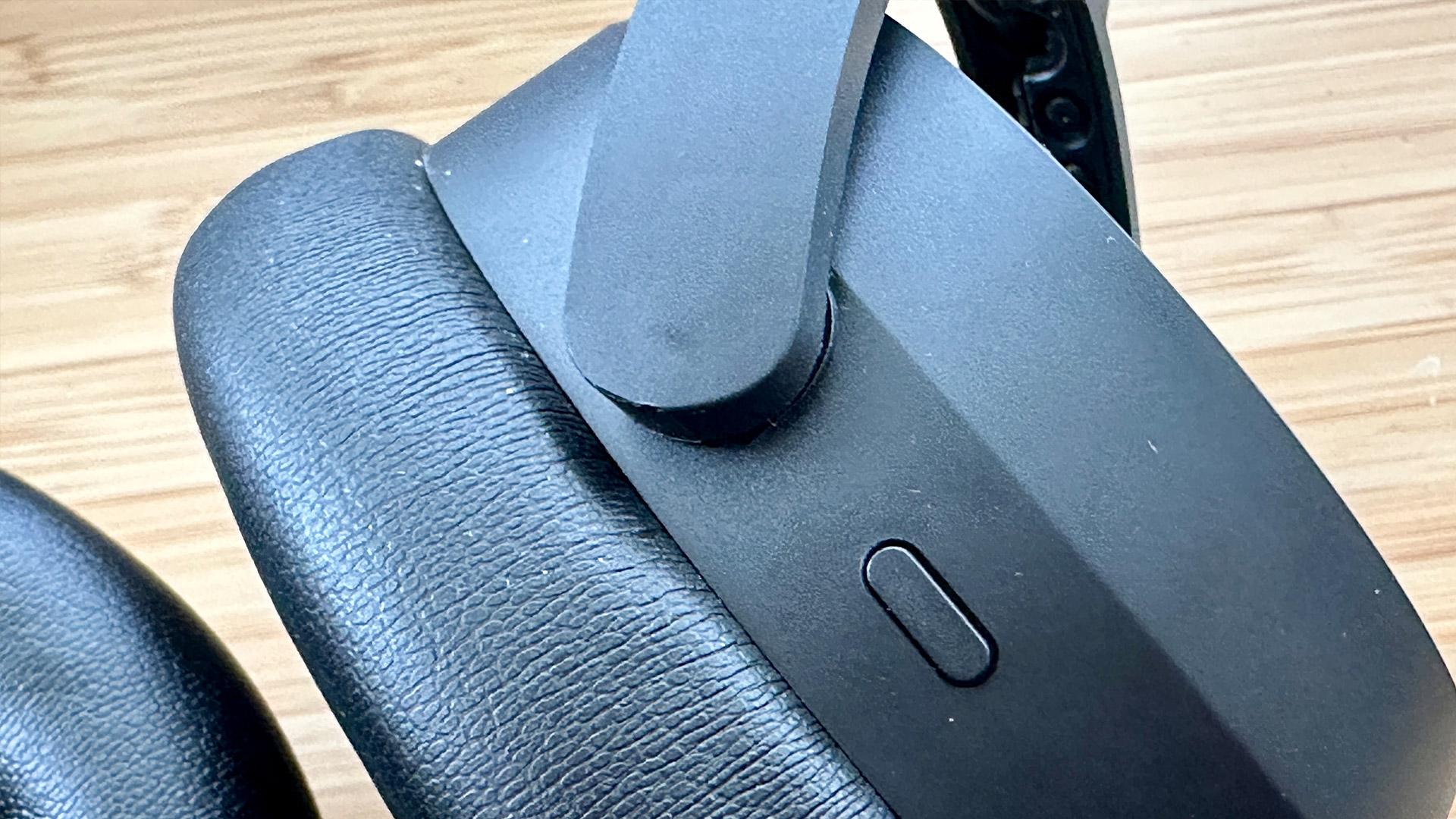
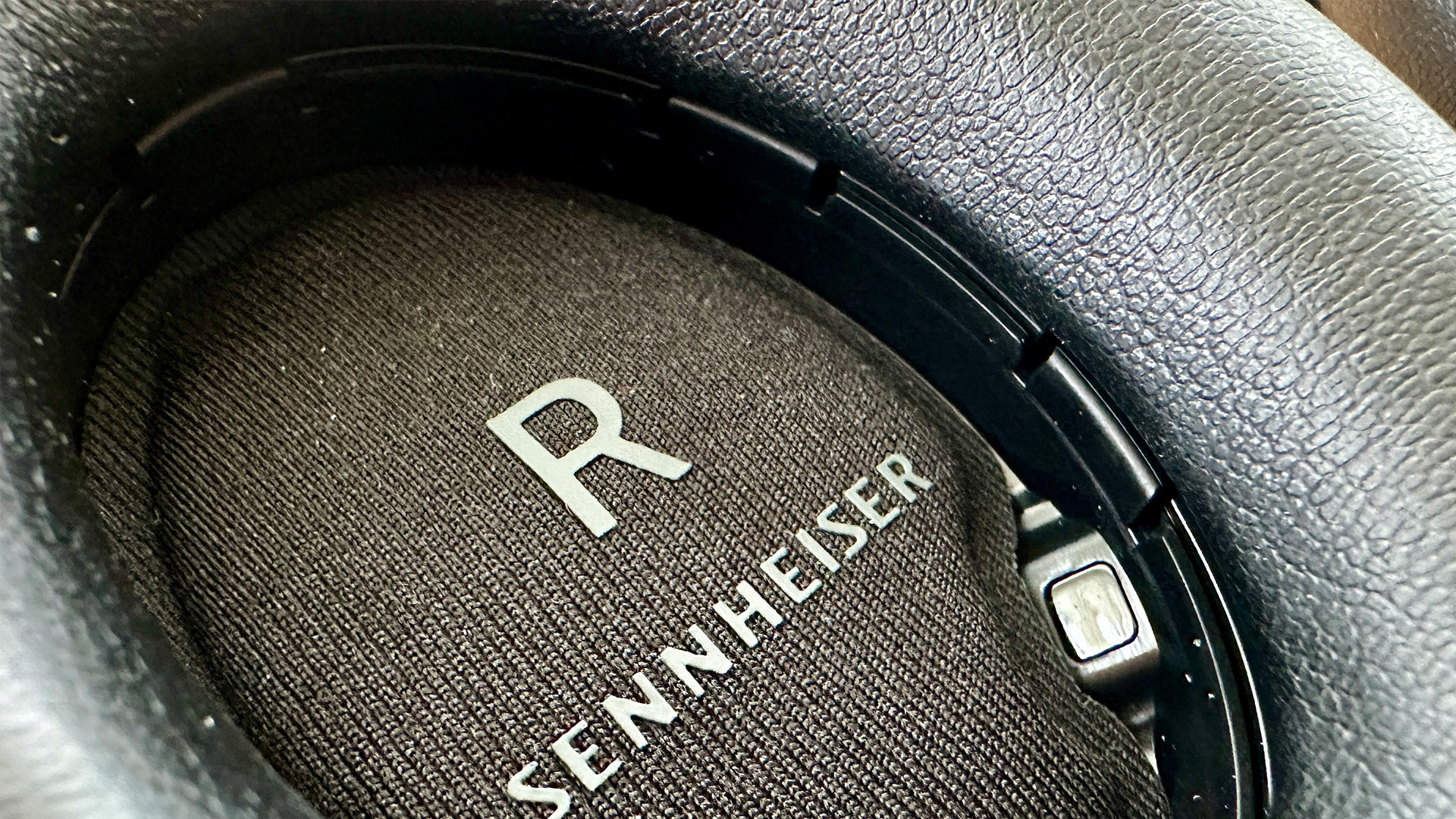
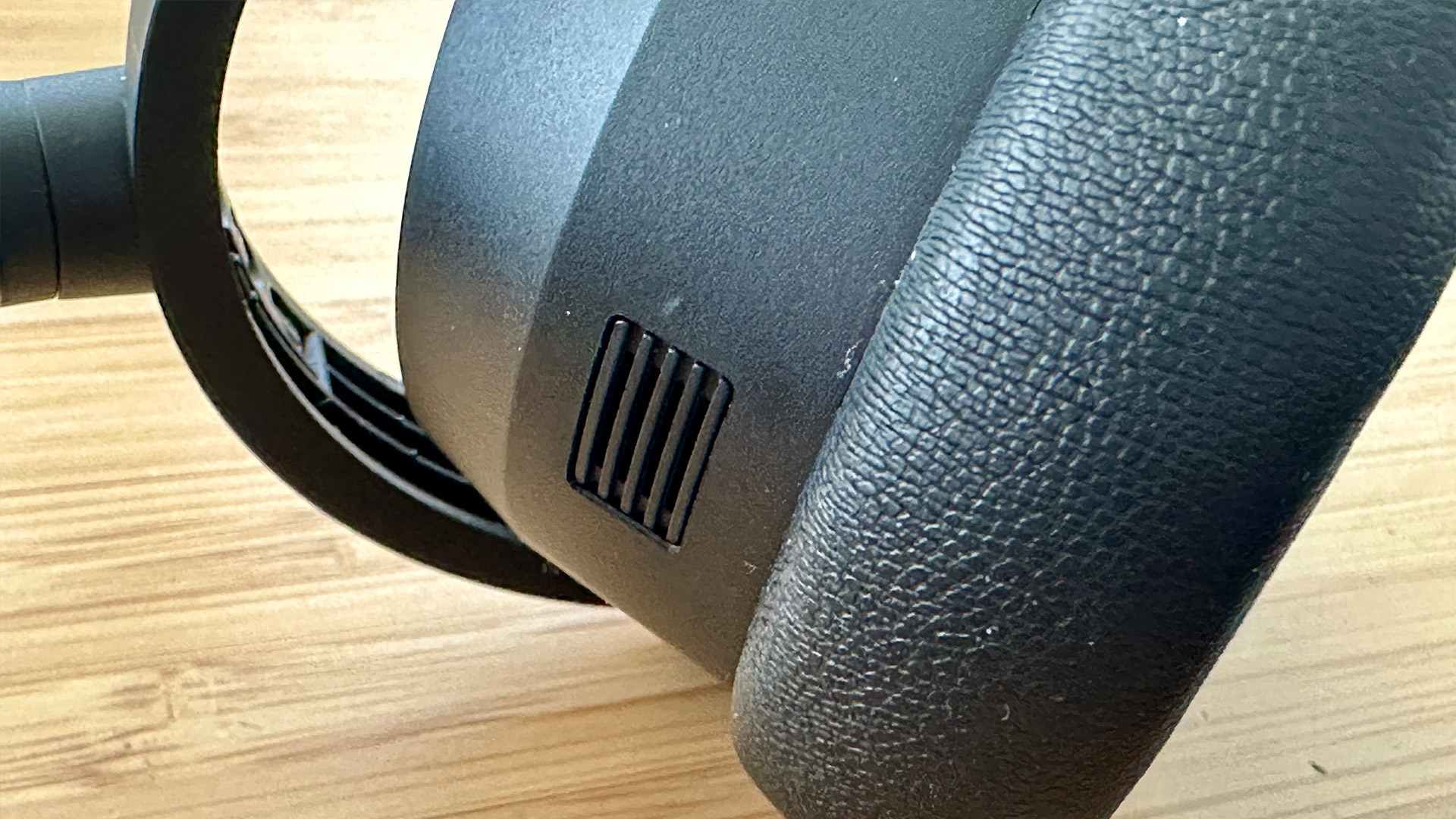
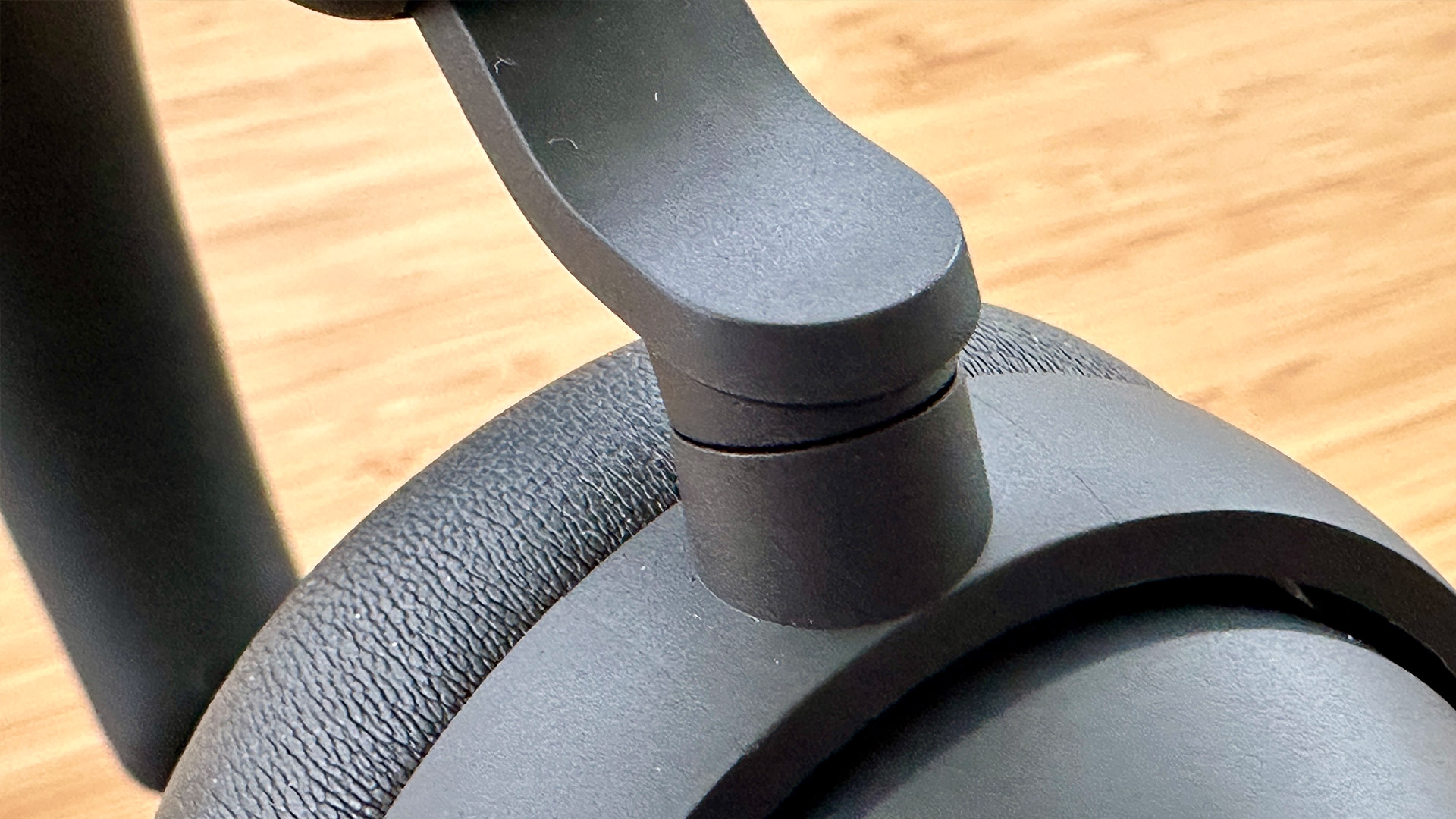
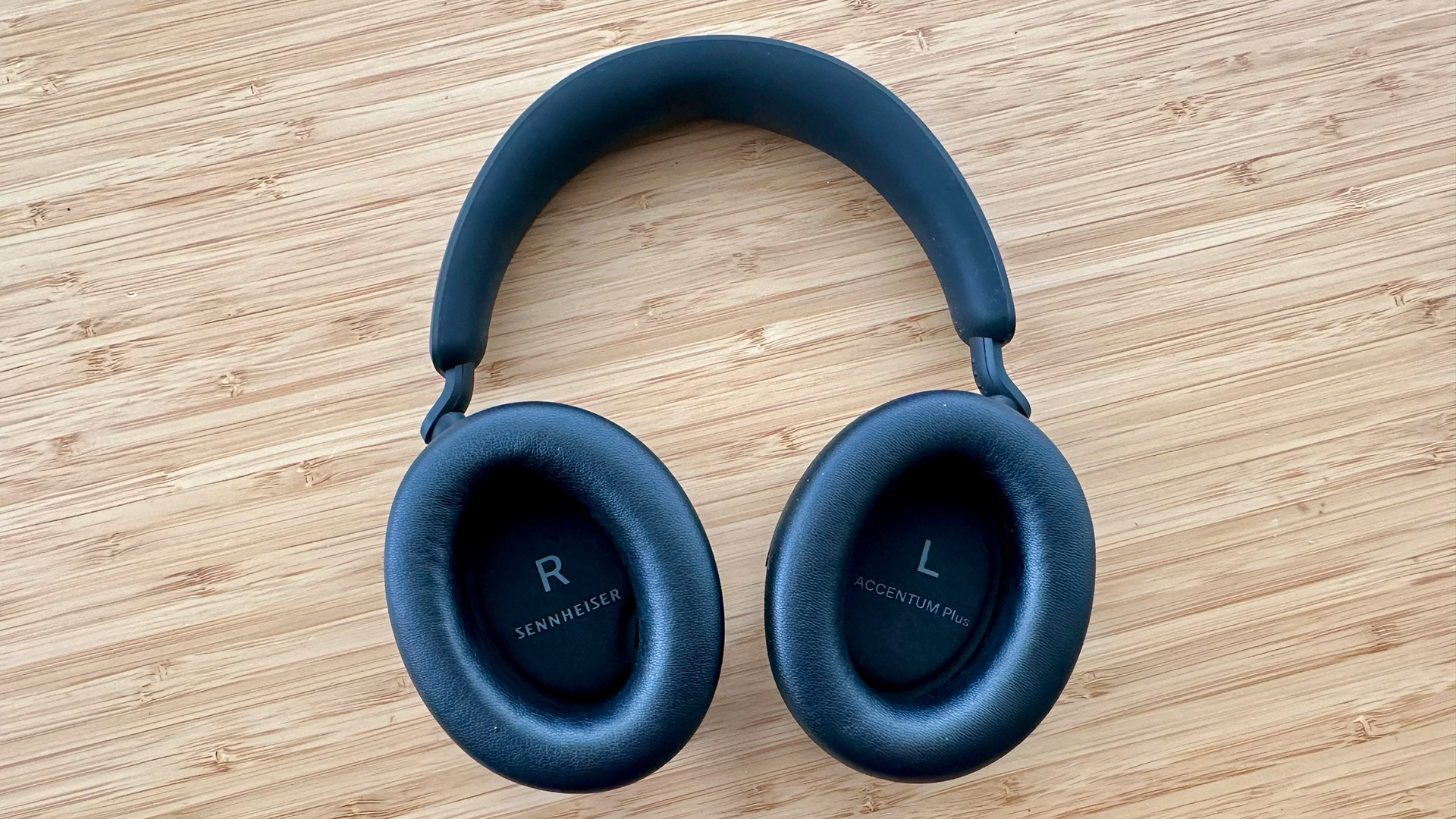
Specifications
Reasons to buy
Reasons to avoid
✅ You prefer bold, room-filling sound: These aren’t the most neutral headphones, but their powerful, full-bodied audio makes a strong impression.
✅ You appreciate responsive touch controls: Well-executed and easy to use, the touch controls are a welcome upgrade over the more basic setup on the Accentum that came before them.
❌ You’re chasing absolute precision: There’s a lot to like about the sound here, but if you're after ultimate fidelity, the Cambridge Audio P100 are better.
❌ You’ve got a larger head: The clamping force is nicely balanced, but the fit is still on the snug side – something to keep in mind if you need a bit more room.
The Sennheiser Accentum Plus headphones are a step up from the original Accentum model, adding welcome features such as touch controls, aptX Adaptive support and a protective carry case – all without pushing the price into premium territory. They might not turn heads with flashy design, but they deliver a well-rounded, comfortable experience with some serious stamina.
Battery life is solid here, with up to 50 hours on a single charge and a fast-charge feature that gives you five hours of playback from just 10 minutes plugged in. The Smart Control app is also one of the best we’ve seen, giving you access to a five-band EQ, adaptive noise-cancellation tweaks (including wind noise reduction), custom sound zones and more.
ANC performance is solid. It’s always-on by default and does a great job muting everyday noise without interfering with playback. No, it doesn’t quite reach the Bose or Sony level in total silence, but it handles distractions like traffic, chatter, and low hums with ease, especially for this price.
Sonically, the Accentum Plus headphones offer a rich, assertive sound with real low-end punch. Bass has weight and drive, mids are clean and nicely detailed, and vocals sit forward in the mix with clarity. The high end can feel slightly reined in, lacking some sparkle compared to more premium headphones, but the overall presentation here is good and cohesive.
The design is minimal and clean with soft-touch materials and Sennheiser’s usual high standard of build. They’re lightweight and feel robust to hold. Comfort is excellent for most, but we did find the clamping force to be quite snug during our testing, which might be a dealbreaker for larger heads. However, they do stay secure without slipping and won’t overheat quickly during long listening sessions.
At $229 / £199 officially, but usually available for around $179 / £139 as standard now, they're excellent value. For most people, these strike an impressive balance of performance, features and price.
Read our full Sennheiser Accentum Plus review
Sennheiser Accentum Plus score card
Attributes | Score |
|---|---|
Sound | 4.5/5 |
Features | 4/5 |
Design and comfort | 4/5 |
The best wireless headphones for active noise cancellation
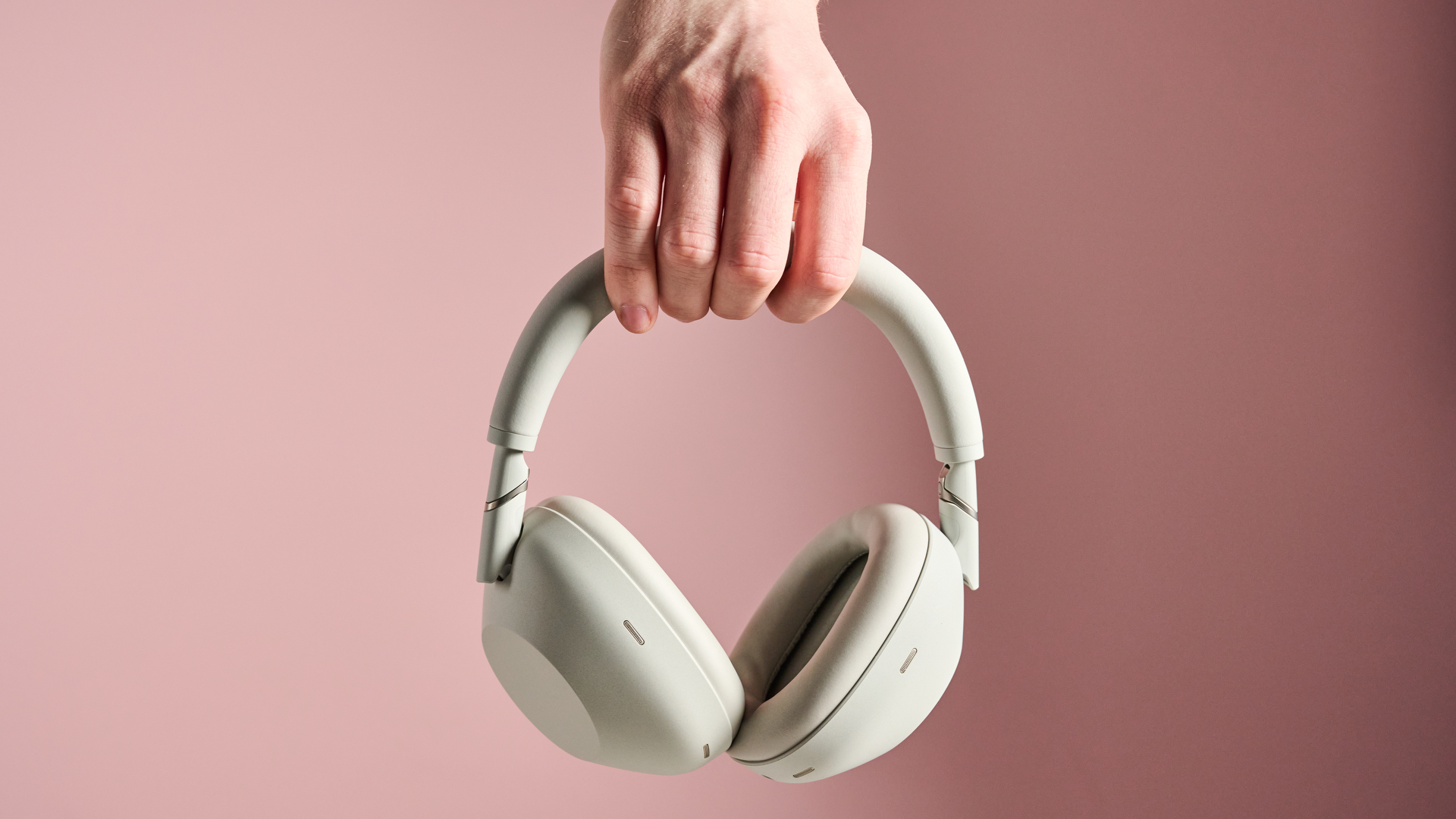
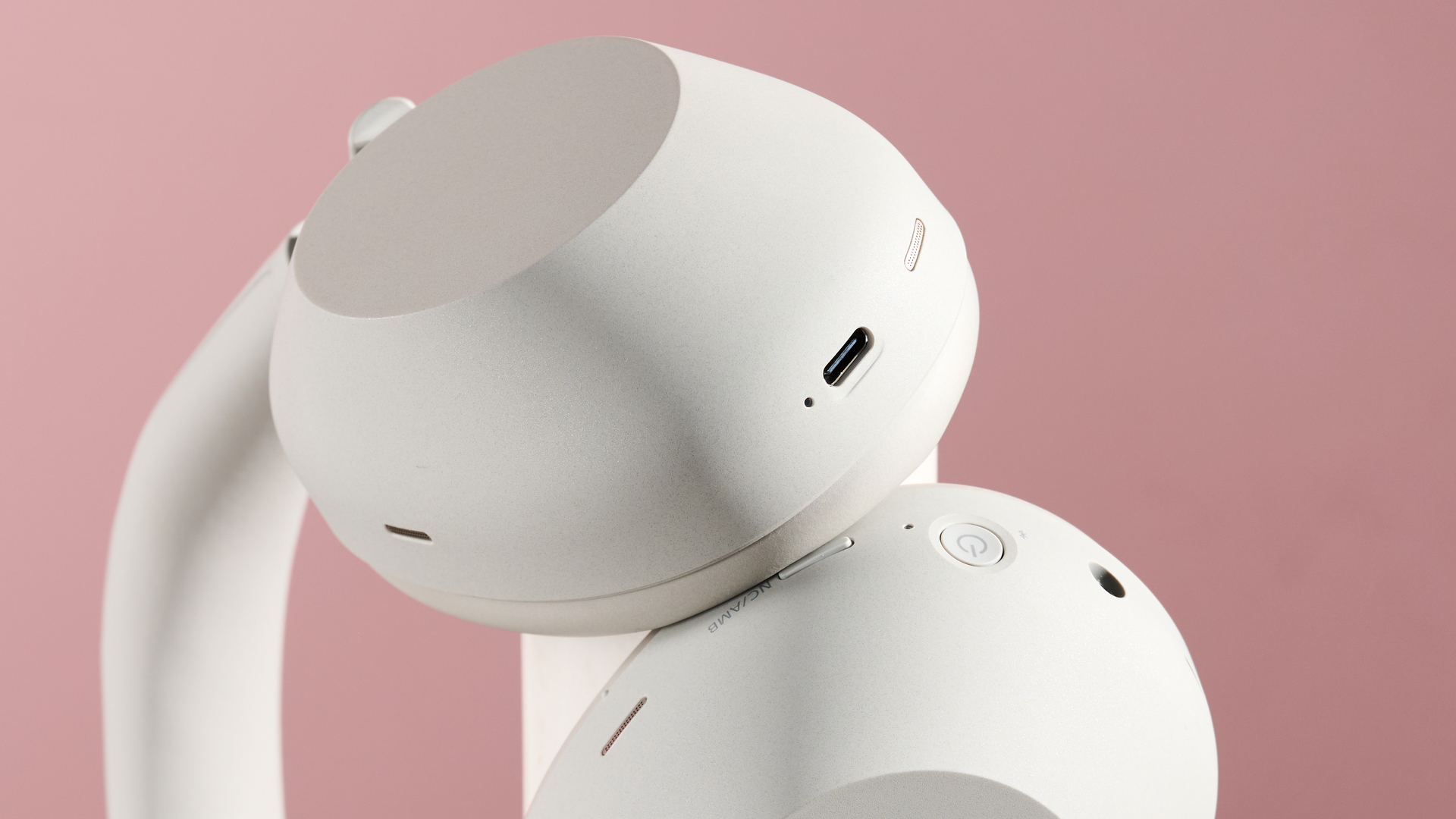
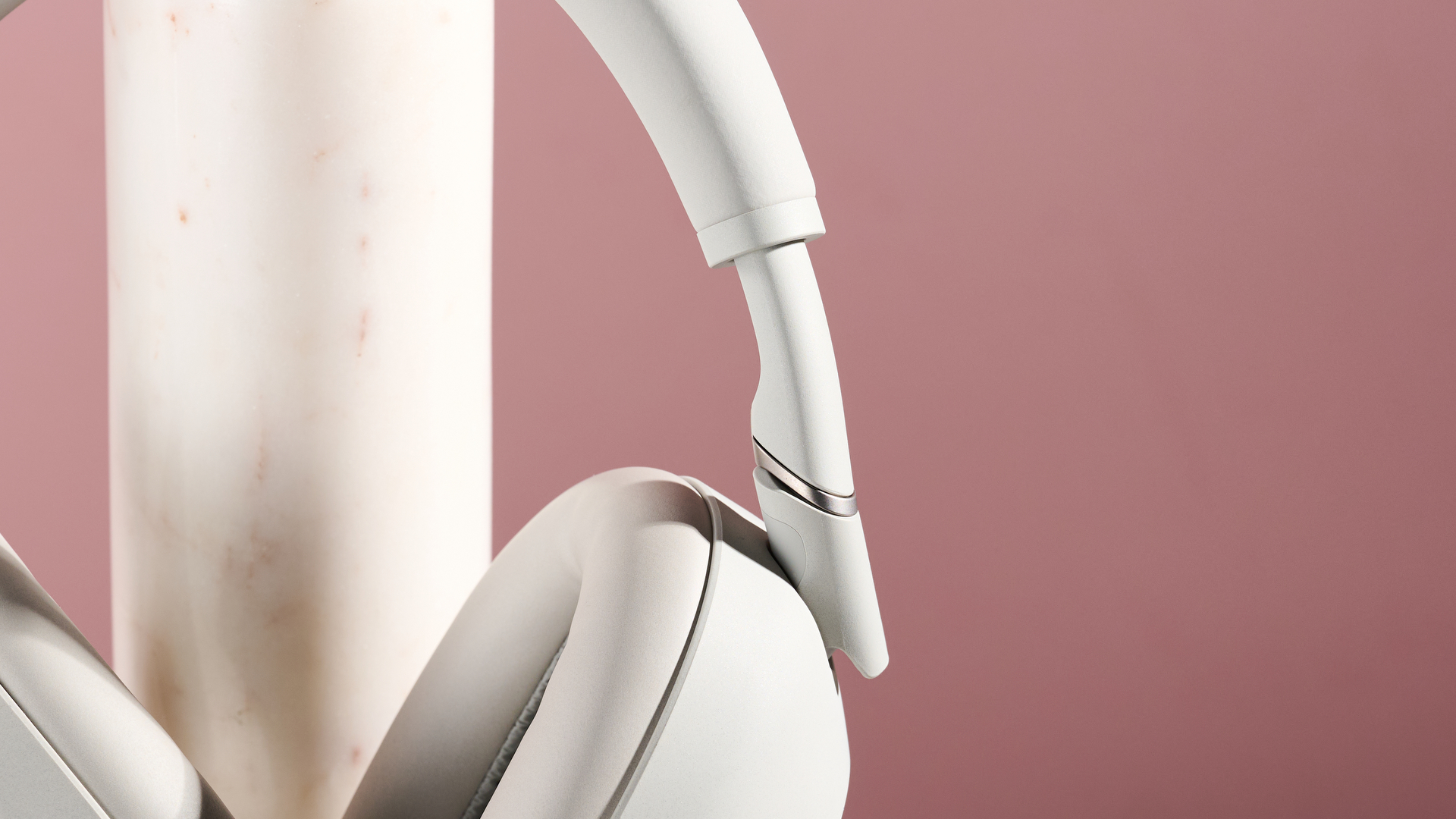
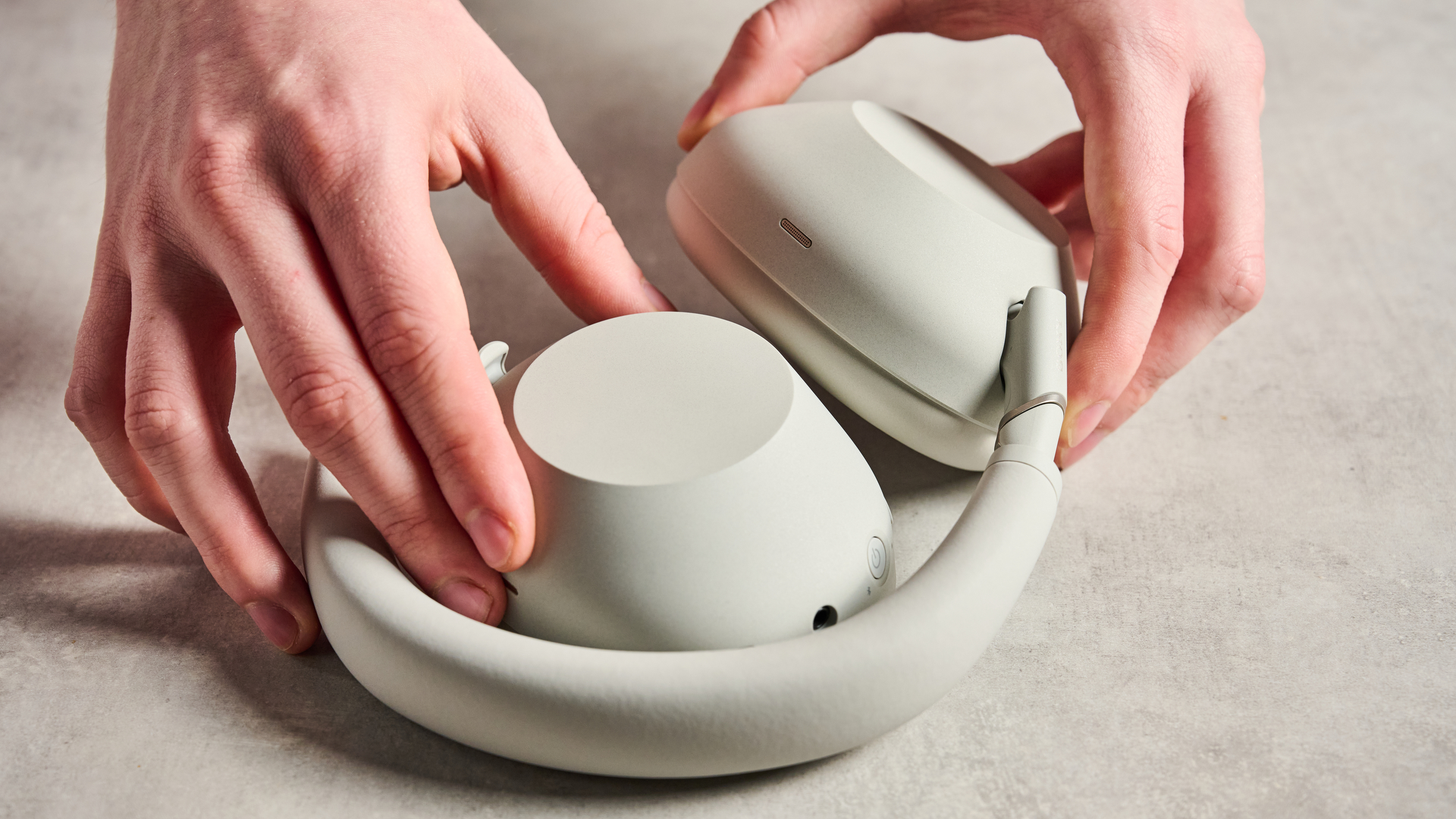
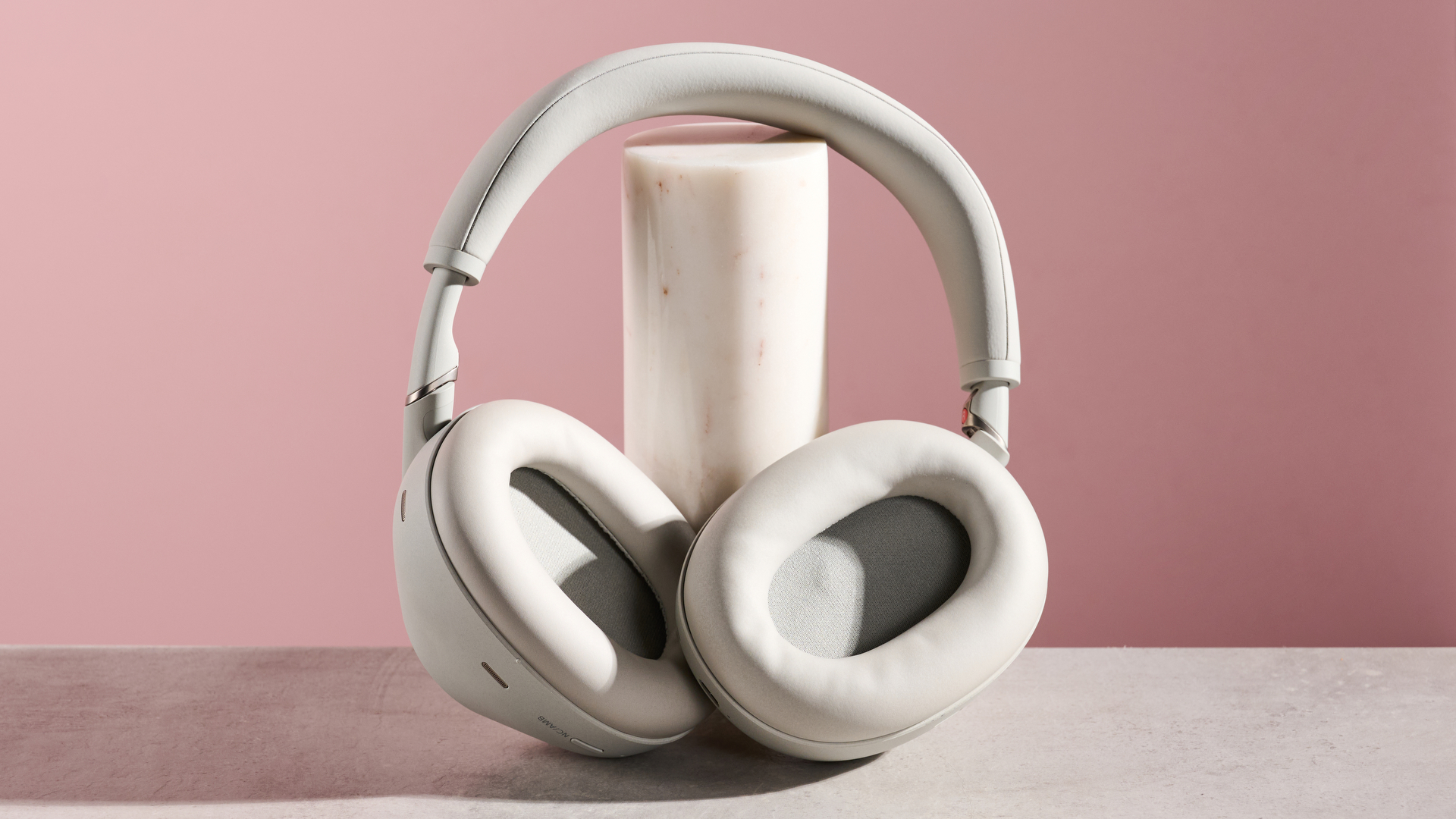
Specifications
Reasons to buy
Reasons to avoid
✅ You want the best ANC money can buy: They're our top pick for ANC, so it's hardly a surprise. But they really are class-leading where noise-cancelling is concerned.
✅ You want all the latest features: You get so much here. Adaptive noise cancelling, cinema upmixing, ‘hi-res’ music streaming options, Find Your Equalizer… we could go on.
❌ You're on a budget: Sure, more affordable alternatives won't perform as well across the board, but they'll give you good sound for less.
❌ You like long listening sessions: 30 hours of battery with ANC isn't bad but it's certainly not the best around.
The Sony WH-1000XM6 headphones are the brand’s latest flagship over-ears and they improve on previous versions in every way – especially when it comes to sound and ANC. In fact, the noise cancellation is now so effective, it finally beats Bose. That’s largely thanks to Sony’s new QN3 chip and a total of 12 microphones, which work together to silence everything from engine hum to office chatter – even in noisy environments like trains and buses.
Touch controls are smooth and responsive, and there’s no shortage of smart features. The Sony Headphones Connect app remains one of the best around, with EQ controls, spatial sound, and LDAC support for high-res audio. Battery life is a solid 30 hours, which isn't the best in this guide, but impressive given the power behind the ANC.
Inside, 30mm drivers and the QN3 chip deliver dynamic bass, clear mids, and crisp highs. The result is a punchy yet well-balanced sound profile, ideal for everything from podcasts to full album deep dives. And those 12 mics don’t just help with ANC – they also keep call quality sharp and reliable.
Comfort is another strong point. A broader headband and soft ear cups make them easy to wear for hours, and unlike the XM5, this model folds for better portability. The case is more compact, the build feels more premium, and the overall design has been subtly refined.
That said, they’re still not waterproof, and some might find them a little bulky compared to slimmer competitors. They also come with a higher price tag than the XM5s. But if you're after class-leading ANC, polished design, and a feature-packed experience, these are tough to beat.
Read our full Sony WH-1000XM6 review
Sony WH-1000XM6 score card
Attributes | Score |
|---|---|
Sound | 4.5/5 |
Features | 5/5 |
Design and comfort | 4.5/5 |
More wireless headphones to consider
Anker Soundcore Space One Pro: These are a good pair of headphones that felt a bit chunky. Other options in this guide also boast much better buttons and work better overall. Read our Anker Soundcore Space One Pro review here.
Apple AirPods Max: An excellent choice if you're bought into the Apple ecosystem and love the brand's design style. These headphones sound fantastic, look cool and feel comfortable. However, they're not perfect. They're incredibly expensive, have a pointless carry case, and don't offer as many features for Android. But if you're an Apple user do still have a read of our full Apple AirPods Max review.
Beyerdynamic Aventho 300: A truly excellent pair of wireless headphones. So, why are they not in the guide? They're expensive, especially compared to the competition. Still, they sound fantastic, do take a look at our Beyerdynamic Aventho 300 review for more detail.
Bose QuietComfort Headphones: If noise cancellation on a budget is your priority, these are well worth considering: they're incredibly comfortable, easy-to-use, light and portable with very strong ANC. Of course, they don't have the modern upgrades of the more-expensive Bose QuietComfort Ultras, but they're still a solid pair of over-ears – especially if you find them discounted. Read our Bose QuietComfort Headphones review for more.
Bose QuietComfort Ultra Headphones: Easily some of the best over-ear headphones we've ever tested, but just marginally beaten to our 'best for ANC' slot by the Sony XM6s. As you'll see from our Bose QuietComfort Ultra Headphones review, these headphones are still a top choice with almost unbeatable ANC, incredibly detailed sound, a stack of smart features and a very comfortable folding design. If you have the budget for Bose, they're well worth considering.
Creative Zen Hybrid SXFI: These headphones are a great choice for budgets under $100 with quality spatial audio. But we just weren't convinced in these over-ears as a proposition overall. Take a look at our Creative Zen Hybrid SXFI review for more.
Dali IO-8: A truly excellent-sounding pair of over-ear headphones with detailed, convincing audio. The standard of build and finish here is also impeccably high. Take a look at our Dali IO-8 review for the full story, but although they sound phenomenal, competition is fierce and you can get similar quality for less, as well as more features.
Dyson OnTrac: These have good battery life and detailed sound, but aren't great overall, delivering a compressed audio experience. Still, if you're interested in Dyson's dedication to audio tech as of late, check out our full Dyson OnTrac review.
Earfun Wave Life: There’s a lot to like about these budget-friendly headphones. They’re incredibly comfortable, and with a solid 37-hour battery life, they’re ideal for long listening sessions. While the sound quality and ANC are both fairly average, you’re still getting far more than you’d expect at this price. Read our full Earfun Wave Life review to find out more.
Earfun Wave Pro: An affordable set of headphones with good ANC, solid sound, excellent battery life, and even hi-res wireless audio support that could be contenders for this guide, but sit in an awkward price between the Sony WH-CH520 and the Sony WH-CH720N. If they get discounted, they could be a strong buy. Until then, read our Earfun Wave Pro review for more.
Edifier Stax Spirit S5: A top pair of planar magnetic headphones with great wireless features and battery life. A solid choice for audiophiles. However, some listeners will be disappointed about the lack of ANC, and for a similar price you can get Bose, Sony and Sennheiser cans, which might be more appealing for most listeners. Still, do have a read of our full Edifier Stax Spirit S5 review.
Edifier W820NB Plus: Speaking of affordable noise-cancelling headphones, we also reviewed the Edifier W820NB Plus. They're packed with features with a seriously impressive specs list – but the music quality isn't there, and for the same price as the Earfun Wave Pro, they're a clear step down. Read our Edifier W820NB Plus review to find out more.
Focal Bathys MG: Let's be clear upfront, these headphones are premium, pricey and made for those who value exclusivity. Ideal for long listening sessions, they deliver expansive, detailed sound and exceptional comfort. Battery life is impressive too. We highly recommend them, though they’re definitely a niche choice. Read our full Focal Bathys MG review to learn more.
Happy Plugs Play Pro: If you're on a budget, we recommend taking a look at our Happy Plugs Play Pro review. These over-ears look more expensive than they should at this price. They're also comfortable to wear, bass is booming and battery life is very strong. However, the ANC doesn't quite cut it, which is why they can't compete with some of the rivals in this guide.
JBL Tour One M3: Lively and full of energy, these headphones pack a punch – especially if you like bold, upfront sound. They’re light, comfortable, and come with a handy Smart Tx transmitter for extra functionality. But if you’re sensitive to treble, prefer a more refined finish, or like listening loud, they might not be the best fit. Read our full JBL Tour One M3 review for the full breakdown.
Nothing Headphone (1): With a bold, standout design and premium build, these are some of the most distinctive mainstream headphones around. You get tons of customization, useful sound options, and extra features if you’re using a Nothing Phone. But they’re on the heavier side, call quality is middling, and the sound doesn’t quite justify the price for true audio purists. Read our full Nothing Headphone (1) review for more.
OneOdio Focus A5: They're affordable, look nice and the battery life is great, but that's it. These headphones are a bit too bass-heavy for our liking and simply not well balanced, sonically speaking. Take a look at our full OneOdio Focus A5 review for more.
OneOdio Studio Max 1: With a massive 120-hour battery and a handy in-box transmitter, these headphones are great for forgetful types or those prone to Bluetooth dropouts. They're bulky but foldable, with lots of ports and the value is boosted by generous extras. Just don't expect premium sound or a lightweight fit. Read our full OneOdio Studio Max 1 review for the full verdict.
Panasonic RB-M600: There's a lot to love about these noise-cancelling Panasonic headphones: they're affordable, lightweight and have an impressive 65 hours of battery life. The reason they're not in this guide is they have some significant drawbacks too, including a design that won't suit everyone and a lack of any water resistance. Take a look at our Panasonic RB-M600 review for the specifics.
Sennheiser Momentum 4 Wireless: These are were knocked out of the list by the Cambridge Audio P100. We rated both these headphones as being worthy of five stars, but the Cambridge Audio pair is newer, and has a lower standard price. But you can often find the Sennheiser model discounted, and we still totally recommend them – you can read exactly why in our full Sennheiser Momentum 4 Wireless review.
Sonos Ace: If you're looking for the best Dolby Atmos sound for movies, then these are the headphones for you. They sound phenomenal with hi-res wired and wireless support, as well as Sonos soundbar connectivity. Unfortunately, they fall short for music and their ANC, while excellent, isn't quite as strong as the Sony XM6 – but for sheer movie power, they're well worth considering. Read our full Sonos Ace review for more.
Meet the team
Our expert team of reviewers have years of audio tech experience and testing. They've covered all of the latest and best headphones over the past 10 years and more, which means they're clued up on everything there is to know about the industry.

Becky became TechRadar's Audio Editor in 2024, but joined the team in 2022 as Senior Staff Writer. She focuses on all things audio and hi-fi. Before TechRadar, she spent three years at What Hi-Fi? testing, reviewing and generally enjoying everything from wallet-friendly wireless earbuds to huge, multi-product high-end sound systems.

Matt Bolton is TechRadar's Managing Editor for Entertainment and has more than a decade of experience as a technology journalist. Before joining TechRadar he managed TV and audio content for T3.com, and before that he was the Editor of T3 magazine. He's contributed to many tech titles, including Creative Bloq, PC Gamer, Digital Camera World, Edge, Official PlayStation Magazine, PC Plus, MacFormat and many more.

Becca Caddy is a freelance technology journalist and author and she's been writing about consumer tech for more than 12 years with a focus on wearables, headphones and smart home devices. Her work has appeared in The Guardian, Wired, New Scientist, MIT Tech Review, Inverse, National Geographic, Lifehacker, Metro, Stylist, Grazia. Her first book, Screen Time, was published in 2021.

Simon Lucas is a freelance technology journalist and consultant, with a particular emphasis on the audio/video aspects of home entertainment. He was previously editor of What Hi-Fi? magazine and whathifi.com. He has written for Wired, Metro, the Guardian, HiFi+ and GQ, and has acted as an audio consultant for some of the world's most high-profile consumer electronics brands.
How to choose the best wireless headphones
We've tested hundreds of wireless headphones over the years, trialling every feature imaginable in a range of environments. That means we've learnt the key factors that make a great pair of Bluetooth headphones.
First of all, the design really matters. Comfort is crucial when you're wearing wireless headphones: if they don't feel great for a long listening session that defeats the point of having them. So we'd recommend looking for generously padded ear cups for comfort, and strong headbands to help them survive everyday life. Another key decision here is whether you want over-ear or on-ear headphones. Over-ears are generally more immersive, and with on-ears you'll need to factor in the fact that they do leak a bit more audio – which might make you less popular on the bus or train.
It's important to focus on the features that really matter to you. Touch controls are handy, but will you actually use them or do you prefer to use a voice assistant? Do you really need active noise cancellation if you're not going to be listening on public transport? There's no point in paying for features you're not going to use very often.
Price matters too, of course. And while it's true that you get what you pay for and some of the world's best headphones are pretty pricey, that doesn't mean you have to spend hundreds of pounds to get a great audio experience. There are plenty of affordable options that punch way above their price tag, and the compromises tend to be small: slightly less premium materials, perhaps, or a bit more audio leakage when you're listening in public places.
If you're planning to buy headphones to match your existing audiophile kit, such as high-end network streamers or Hi-Res Audio players, look for headphones that use hi-res audio codecs such as Sony's LDAC or the Bluetooth aptX HD and aptX Adaptive codecs. Without them, your audio source won't be able to stream hi-res audio wirelessly at its best quality.
What it boils down to is that every one of us is different, so there's no such thing as one pair of headphones everybody should buy. It's about balancing the price and the features so that you get the best possible audio experience at the best possible price. Which is exactly what our guide here is designed to help you with.
The best wireless headphones: FAQs
Which brand is best for wireless headphones?
That's up to you. The best brand of wireless headphones is the brand that delivers the features and audio quality you want at the price you're willing to pay.
That said, there are some pretty safe bets out there. Apple's headphones are a good option for teaming with Apple hardware; Sony makes a range of excellent all-rounders; and as you'd expect from the firm that popularized noise cancelling headphones in the first place, Bose makes some of the best noise cancelling headphones and earbuds you can buy. Though we do think Sony now has the edge with ANC just a little since the launch of the Sony WH-1000XM6 headphones.
We'd recommend thinking more about how you'll use them than about the logo. Some offer much better battery life than others, some are more focused on sound and some are focused on convenient features.
How much should wireless headphones cost?
You don't necessarily have to spend a ton of money to get great wireless headphones. Paying top dollar usually guarantees a first-class experience, but there are some incredibly good alternatives that cost a lot less.
For example, the 1More Sonoflow Pro HQ51 in this list are affordable at around $89 / £99 / AU$130. If you step up to around $130 / £130, you can get a big jump in quality from the likes of a mid-range pick, like the Sennheiser Accentum Plus when they're discounted. Then, stepping to around $200 / £200 means another clear jump in features and quality from the Sony WH-1000MX4. And then you get towards $300 / £300 for the more premium picks, like the Bowers & Wilkins Px7 S3 that reward you with an obvious improvement.
How we tested the best wireless headphones
Connectivity: We've tested all of the best wireless headphones on this list. The ones that made it into our guide had to tick a number of key boxes. First up, there's Bluetooth connectivity. Wireless is a given, but wireless quality is crucial too: we want our connections to be stable and reliable, not to cut out just as we get to the good bits.
Comfort: Wearability and style matter too. We tested over long periods to see how comfortable they were during longer listening sessions or commutes, and we also evaluated their style to see if they looked like you were a plugged-in music fan or one of the Cybermen from Dr Who.
Audio quality: The days when wireless headphones got a free pass on sound quality because they were more convenient are long gone. We expect every pair of Bluetooth headphones to deliver clear and powerful sound.
Features: Not all of the headphones in this list have more advanced features such as noise cancellation or AI assistant integration. But we tested those features on the ones that do in order to assess how well the features worked, how well integrated they were and how they compared to rivals.
Price: Last but not least, we considered the cost. We're well aware that premium headphones can be too expensive for some; we're also aware that for some music fans, there's no such thing as an acceptable corner to cut when it comes to audio quality. So we've considered both kinds of listener here, and as a result we believe that every pair of headphones in our guide will make you feel you've spent your money wisely to get the best possible audio experience for you.
Latest updates to the best wireless headphones guide
October 17, 2025
We've refreshed this guide based on our recent testing, removing lots of older and more specific categories, and focusing on the options we think are truly the best. Everything that's been removed from this guide is still a solid choice, which is why all of these picks can now be found in our 'Other headphones we've tested' section.
July 17, 2025
We made some major changes to the order of this guide and inserted several new products, based on recent testing. This included swapping the Cambridge Melomania P100 for the B&W Px7 S3 as our ‘Best premium’ choice, but the P100 stays in the list as our ‘Best for battery life’ pick instead. We also swapped the Sony WH-CH720 for the Sennheiser Accentum Plus as our ‘Best mid-range’ headphones based on current pricing, and the Sony WH-1000XM6 are now our ‘Best for active noise cancellation’ choice after comparing them to the Bose QuietComfort Ultra Headphones. We also added some new products into both the ‘Coming soon’ and ‘More we’ve tested’ sections.
See more updates
April 11, 2025
Refreshed the introduction and added a link to our best open earbuds guide. Switched the Sony WH-CH520 for the 1More Sonoflow Pro HQ51 as our 'best budget' pick based on our recent testing.
March 14, 2025
Rewrote the introduction to stress how long we've been testing (it's a long time!) and updated the 'also consider' section. Added a new 'Products coming soon' section, announcing leaked products from Sony and reviews we're currently working on.
February 17, 2025
Checked all products against our latest reviews. Updated our section of other products we've reviewed.
January 17, 2025
Rewrote the introduction. Added score cards to the end of each entry so that readers can tell at a glance which recommendations are right for them. Added some new suggestions we've recently reviewed in the 'also consider' section. Refreshed all of the copy to make sure it's all up to date.
December 24, 2024
Updated the introduction, and added more models to our list of other headphones worthy of consideration that we've reviewed.
November 25, 2024
Swapped the 1More Sonoflow for the Earfun Wave Pro, based on our review. Added a Black Friday section to the intro.
October 25, 2024
Rewrote the introduction. Added galleries packed with images of headphones we've tested to give readers a better look at the devices. Added details about why readers should/shouldn't buy headphones and who they're best for at a glance. Put scorecards under each product to make it easier for readers to weigh up options. Included information about the review team responsible for testing the products.
October 11, 2024
Reordered our list based on our recent testing. Added the Dali IO-8 as our 'best for sound' pick.
September 11, 2024
Replaced the Edifier Stax Spirit S3 for the newer Edifier Stax Spirit S5 based on our testing and the improved design and sound. Added some new options in our 'also consider' section, including the lovely but expensive Final D7000 headphones and the Creative Zen Hybrid SXFI.
July 31, 2024
Replaced the Sennheiser Momentum 4 Wireless for the Cambridge Audio Melomania P100 based on our extensive testing and 5-star review.
July 22, 2024
Added the 1More Sonoflow as the best budget noise-cancelling headphones, to offer this feature at a cheaper price than the other options here.
June 24, 2024
Added the Sonos Ace as our 'best for movies' choice and clarified why. Updated the copy throughout and the 'Also consider' section.
May 30, 2024
Refreshed the intro to reflect the current choices for sound, updated the 'Also consider' section to include models recently tested.
April 11, 2024
Added an 'Also consider' section, where we cover headphones recently reviewed but not featured in this guide's top picks.
March 11, 2024
Added more information about the comfort of each pair of headphones, and added more clarity to our categorization.
February 9, 2024
Added Sony WH-CH720N as the best mid-priced wireless headphones, and Focal Bathys as the best for audiophile sound.
January 22, 2024
Added Bose QuietComfort Ultra Headphones into the list following their review, removed Bose Noise Cancelling Headphones 700, and moved Sony WH-1000XM5 down in the list now that a better noise-cancelling option has been added.
January 2, 2024
Checked all models against currently reviews, and updated for 2024.
November 21, 2023
Added information about Black Friday deals on our headphones choices.
September 21, 2023
Added quick menu for easy navigation and made the list simpler, so you can find something that suits your needs more easily.
Sign up for breaking news, reviews, opinion, top tech deals, and more.

Becky became Audio Editor at TechRadar in 2024, but joined the team in 2022 as Senior Staff Writer, focusing on all things hi-fi. Before this, she spent three years at What Hi-Fi? testing and reviewing everything from wallet-friendly wireless earbuds to huge high-end sound systems. Prior to gaining her MA in Journalism in 2018, Becky freelanced as an arts critic alongside a 22-year career as a professional dancer and aerialist – any love of dance starts with a love of music. Becky has previously contributed to Stuff, FourFourTwo and The Stage. When not writing, she can still be found throwing shapes in a dance studio, these days with varying degrees of success.
- Matt BoltonManaging Editor, Entertainment